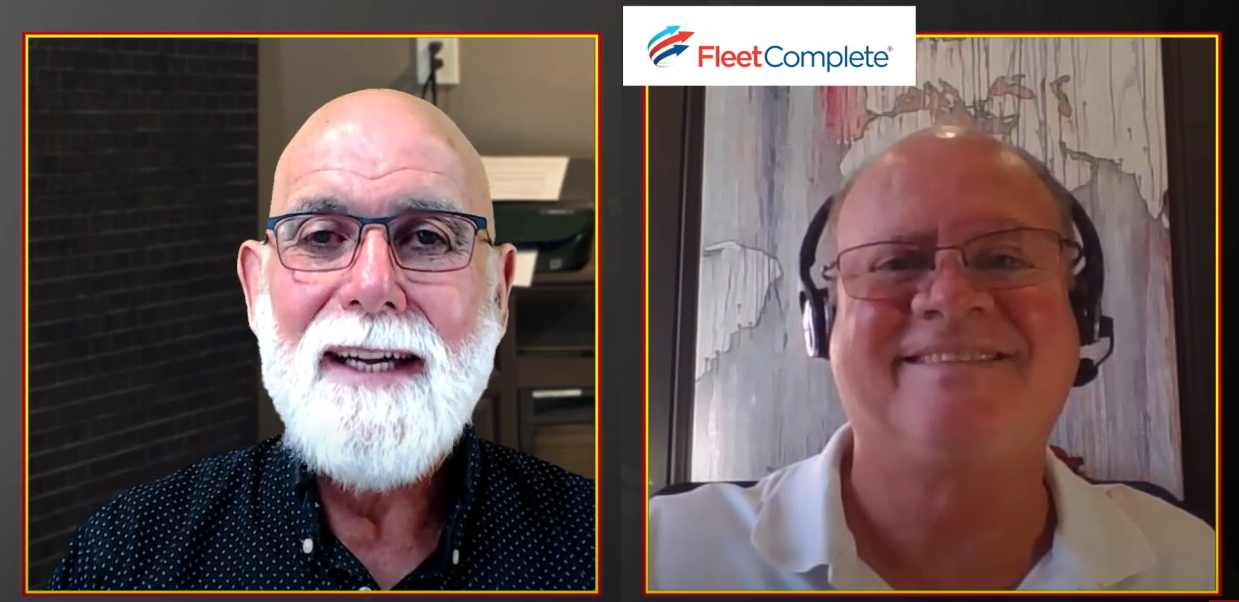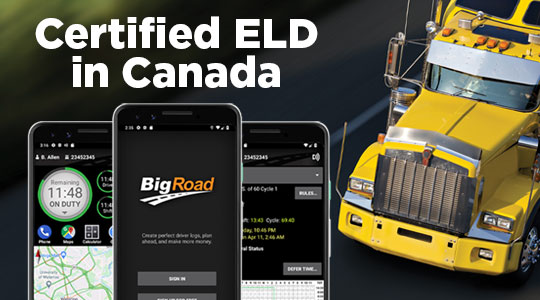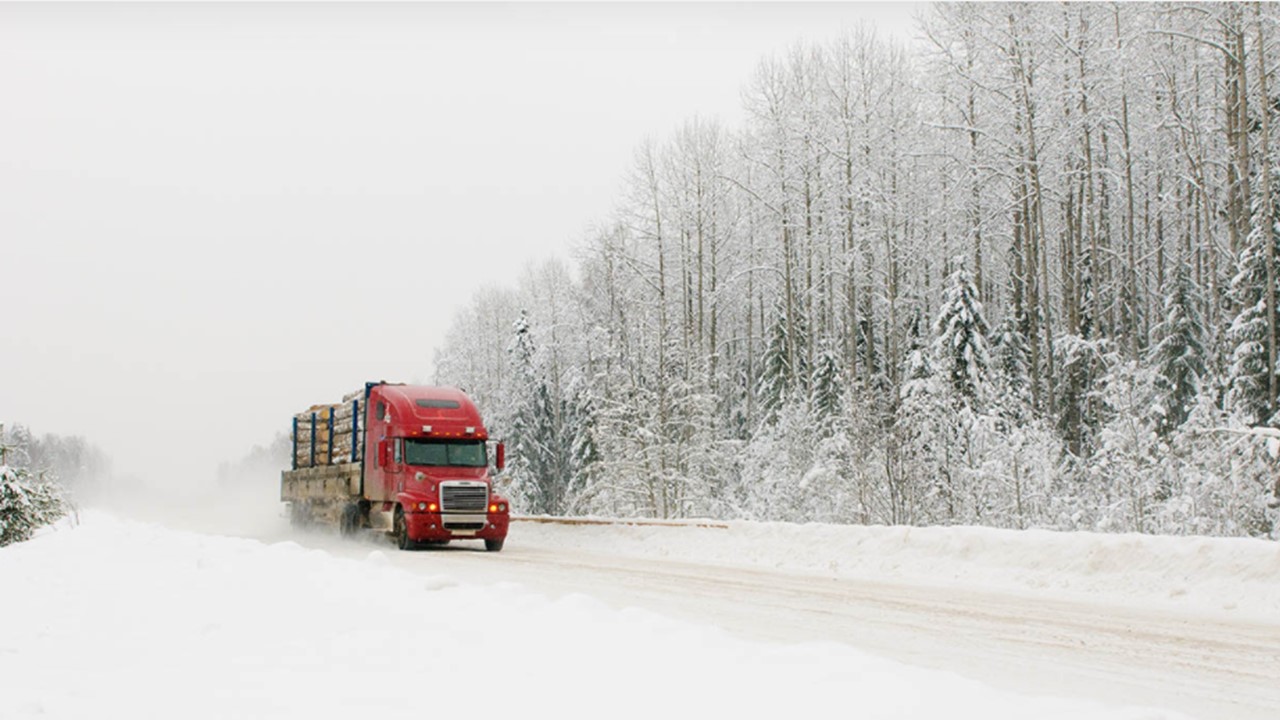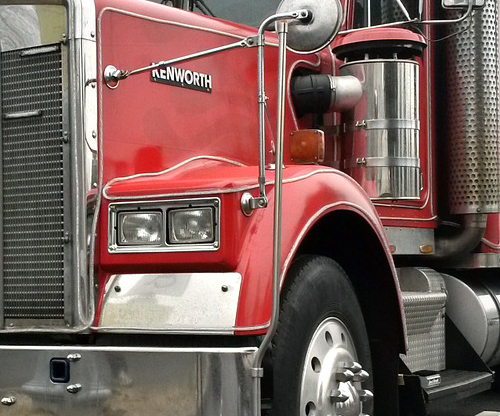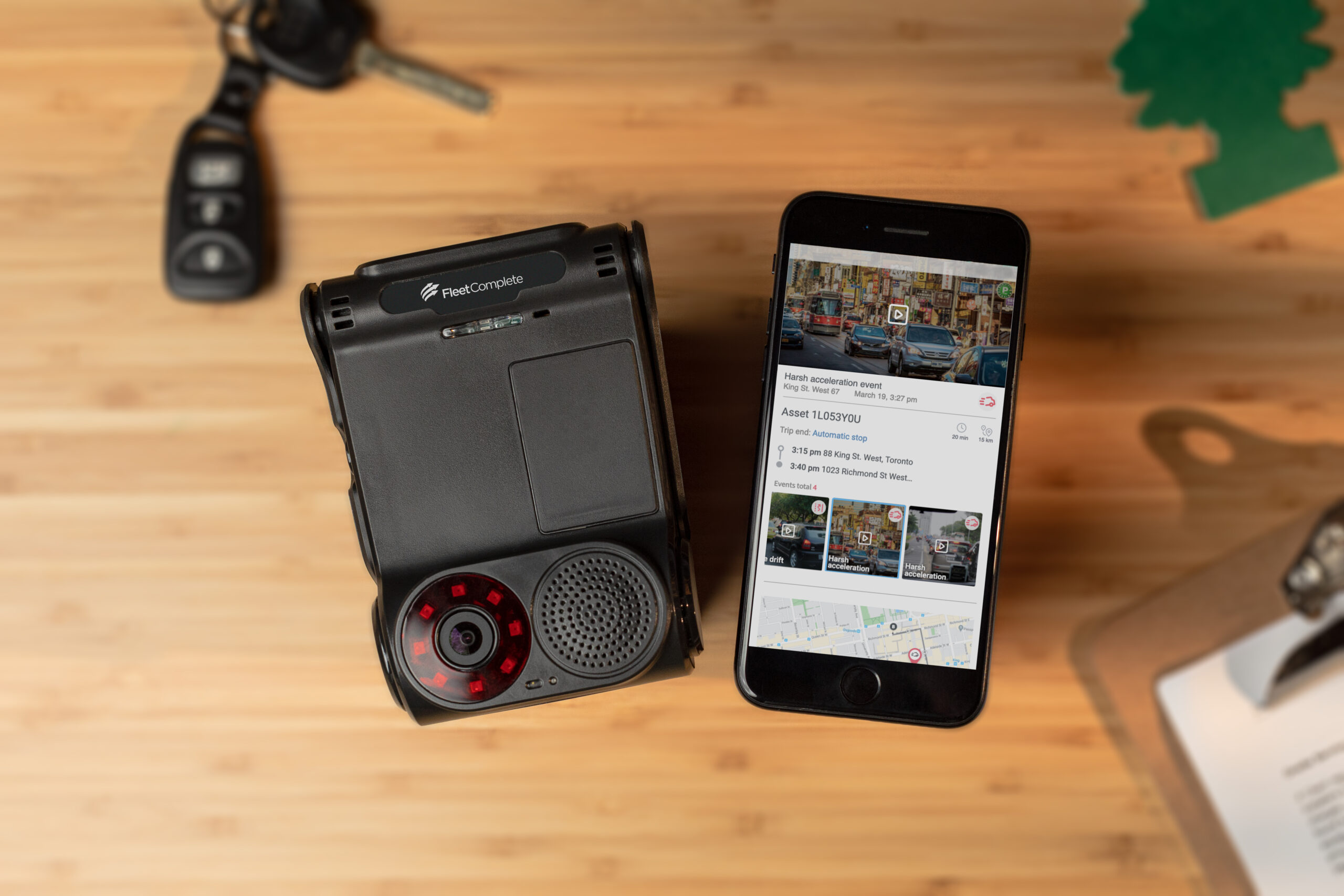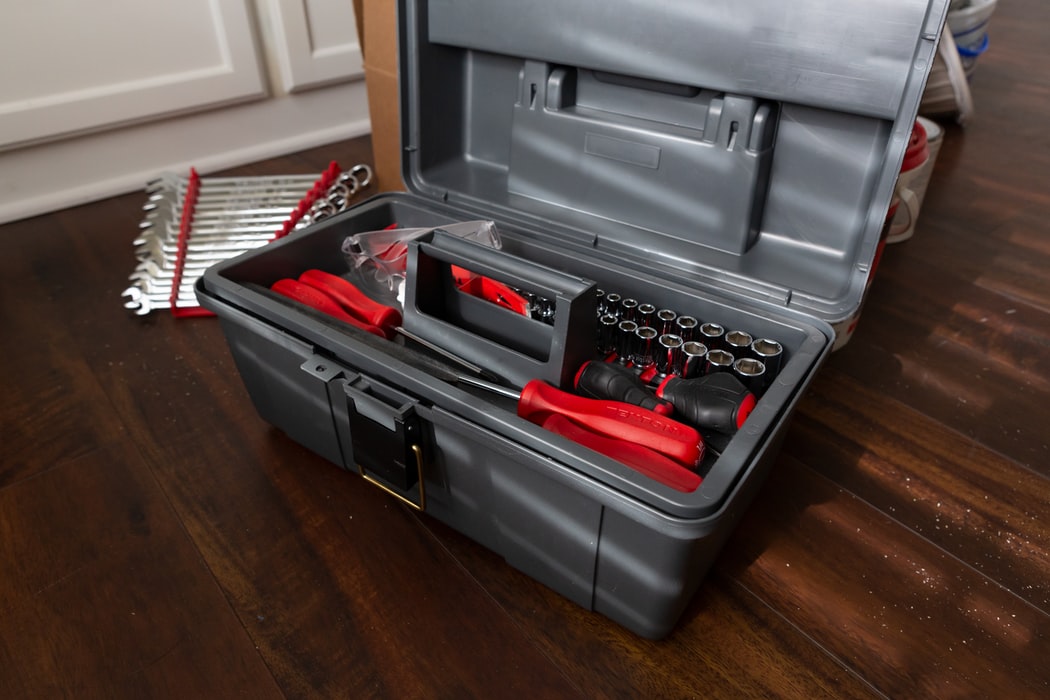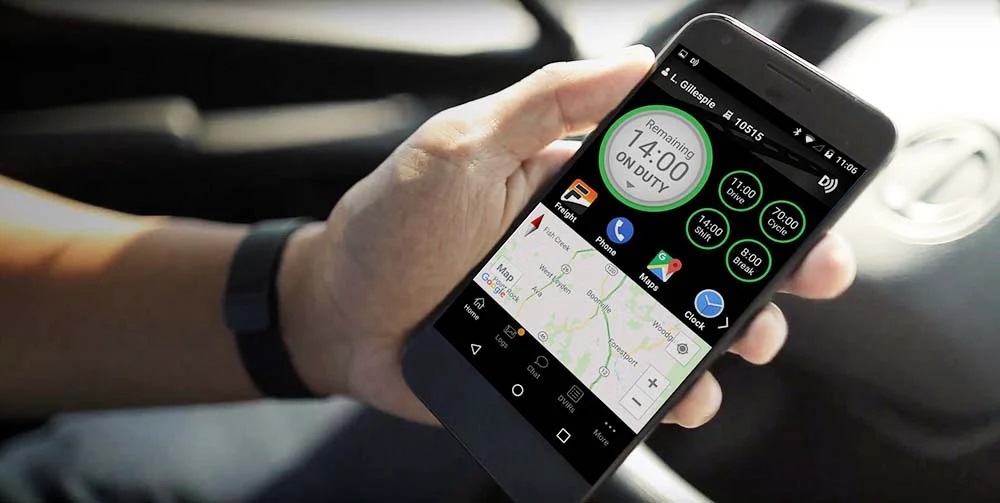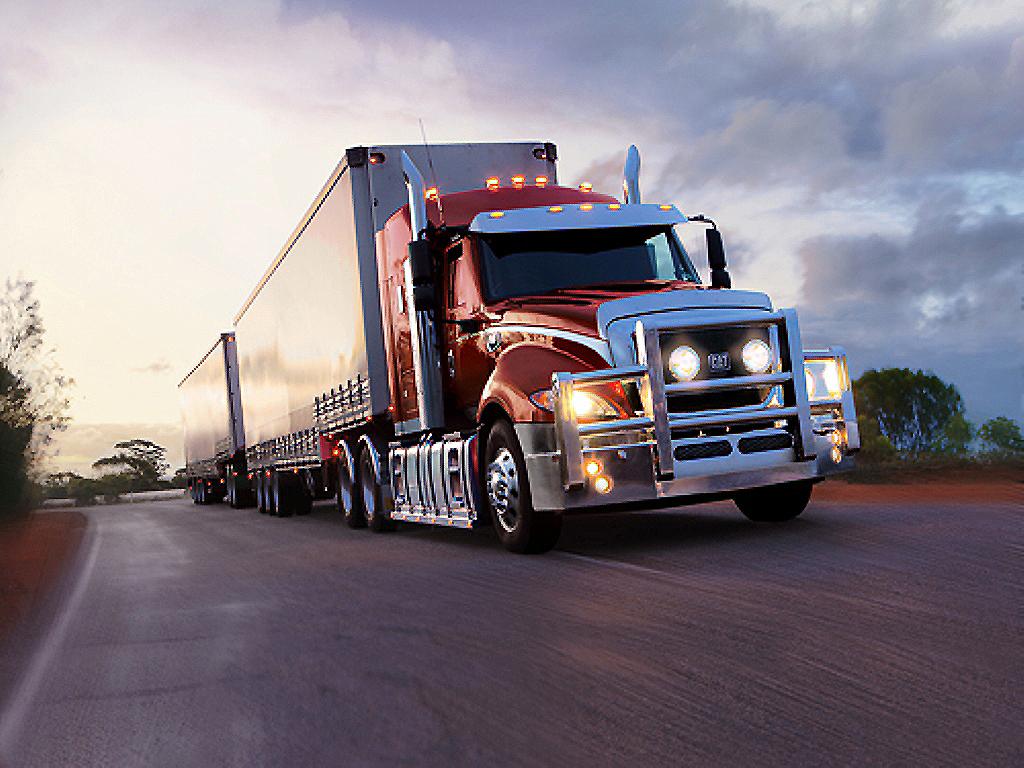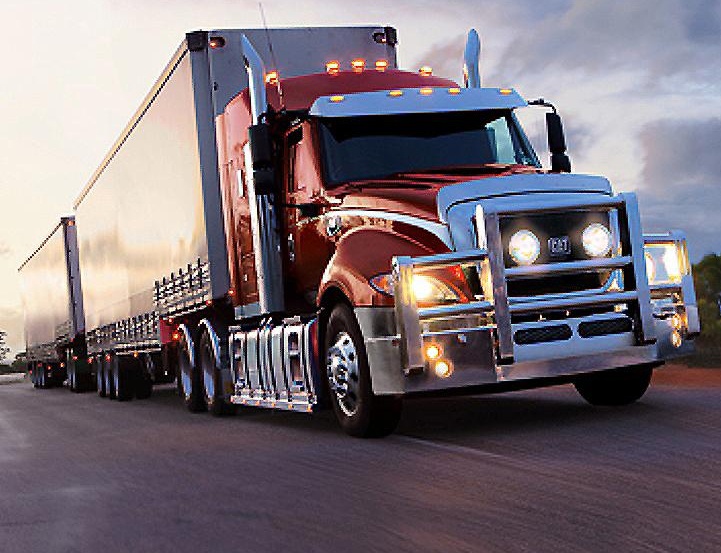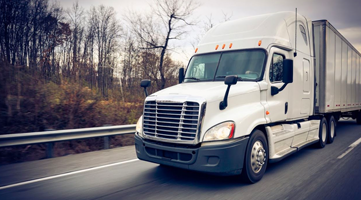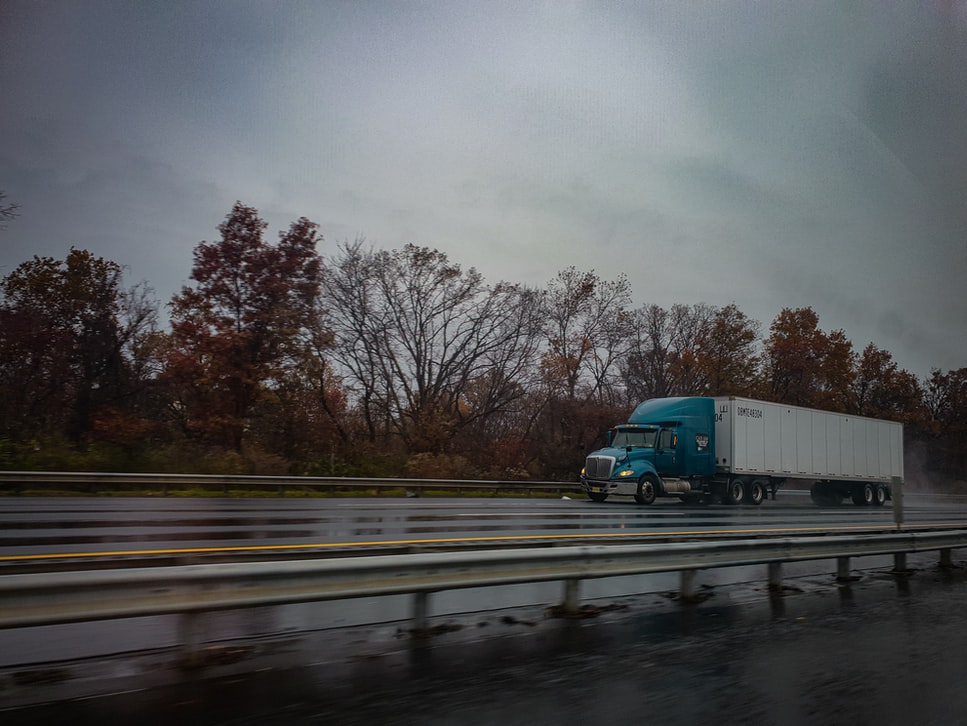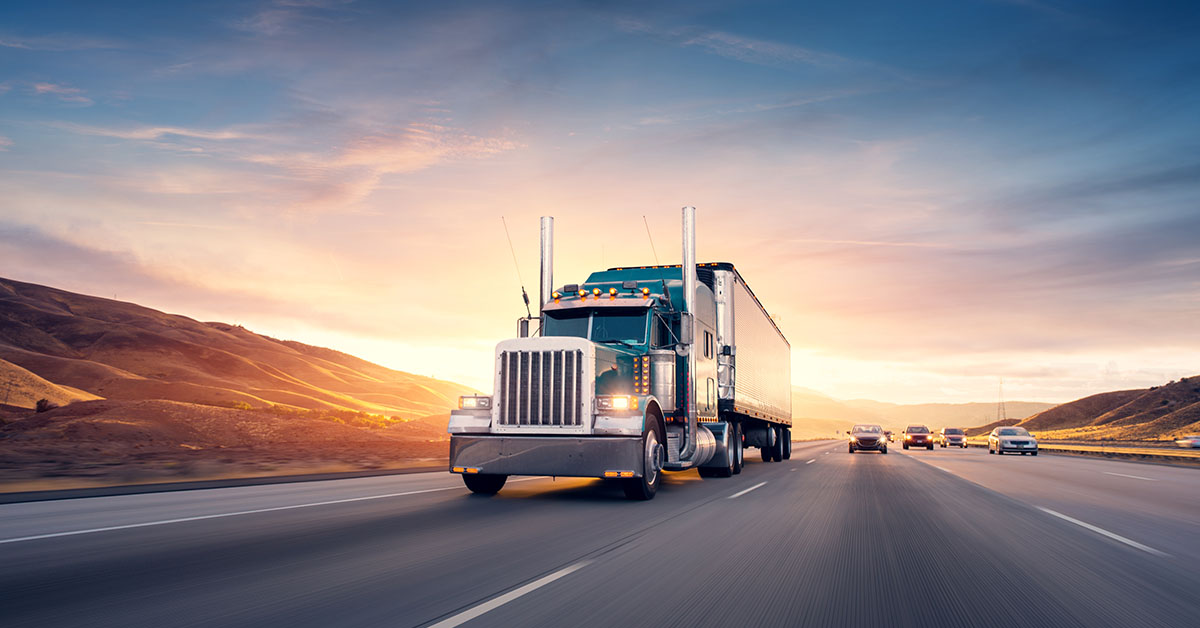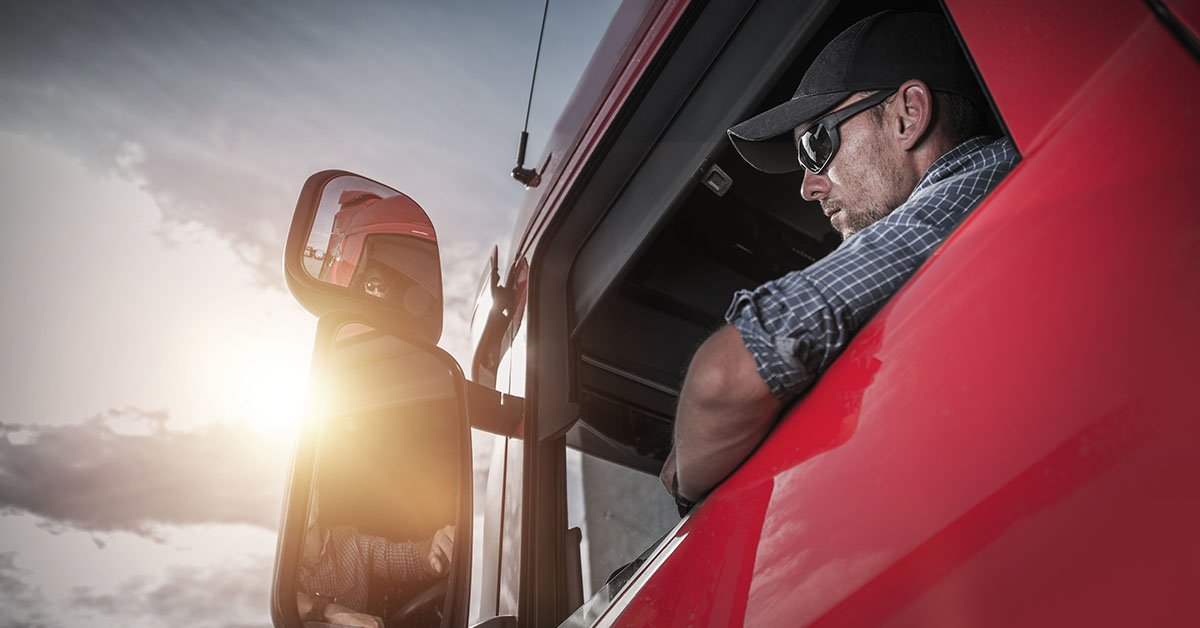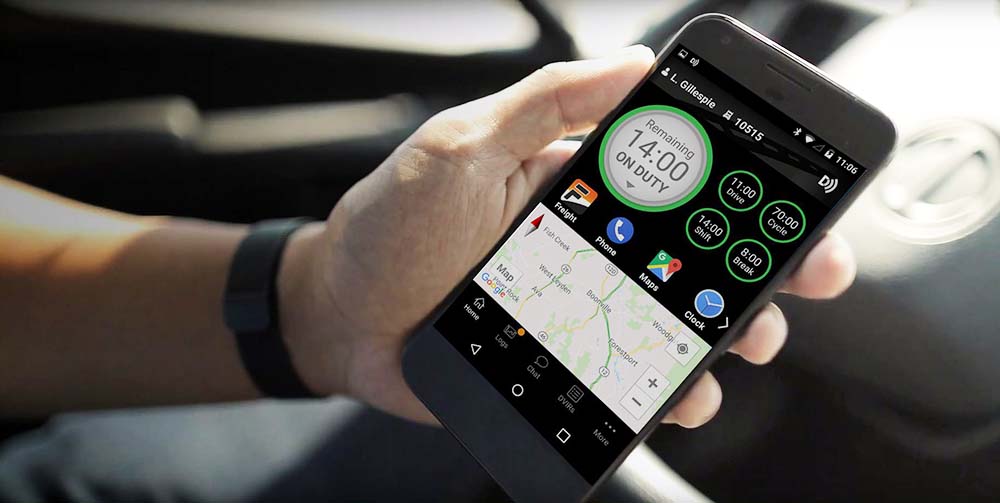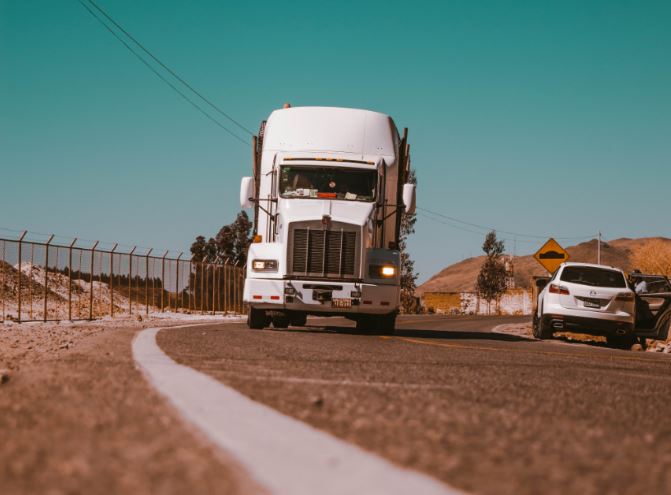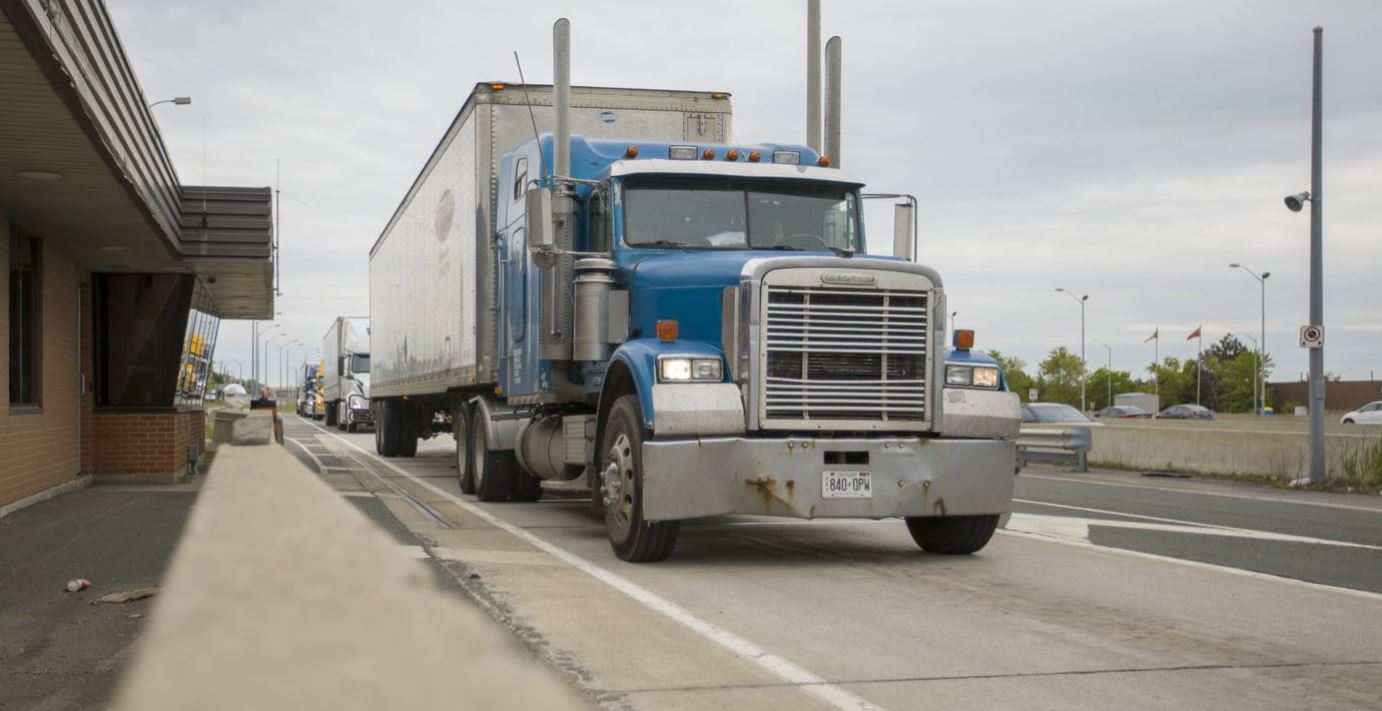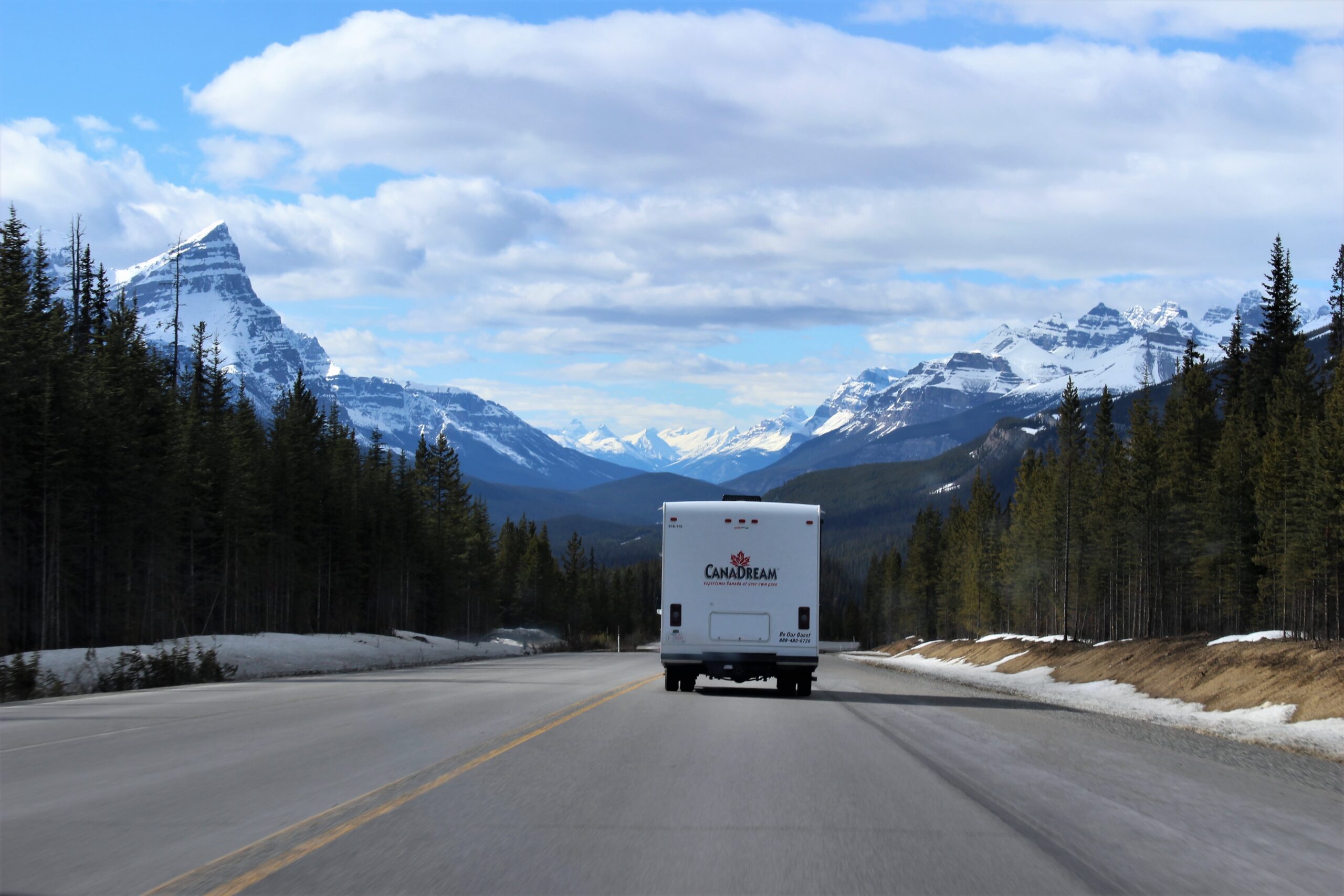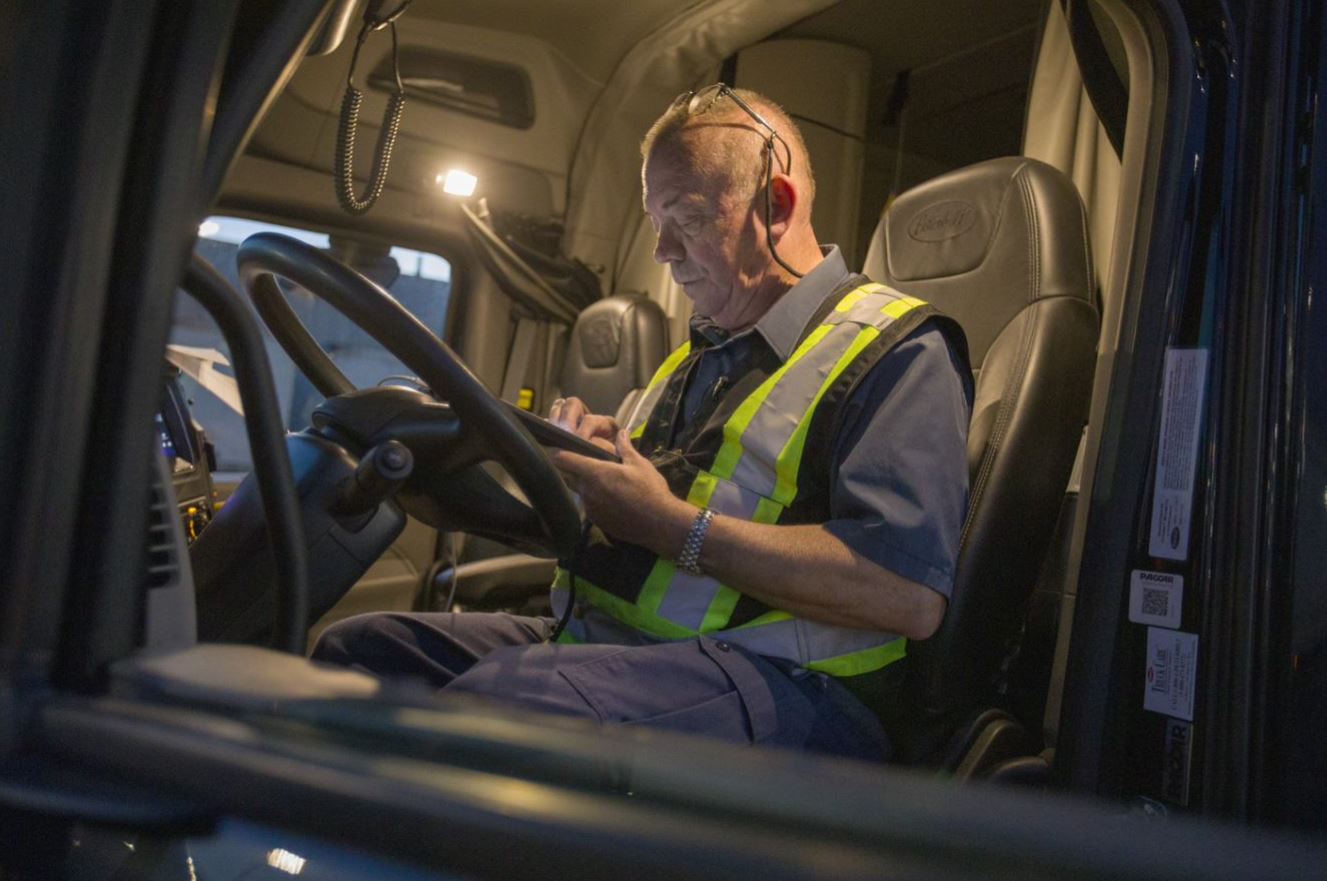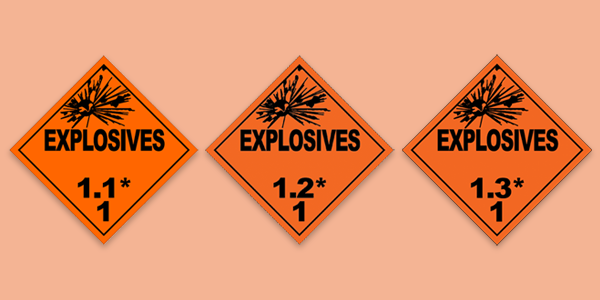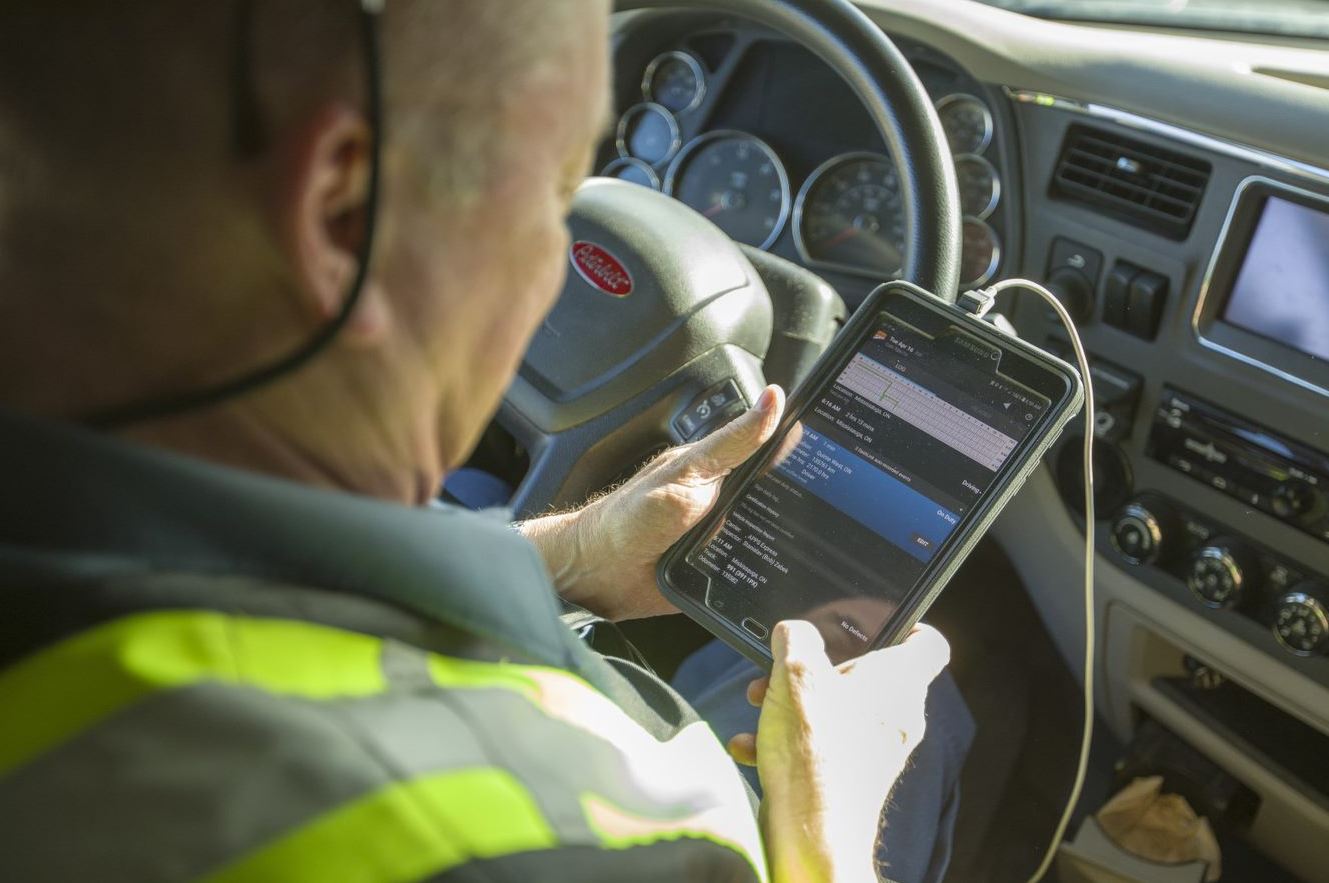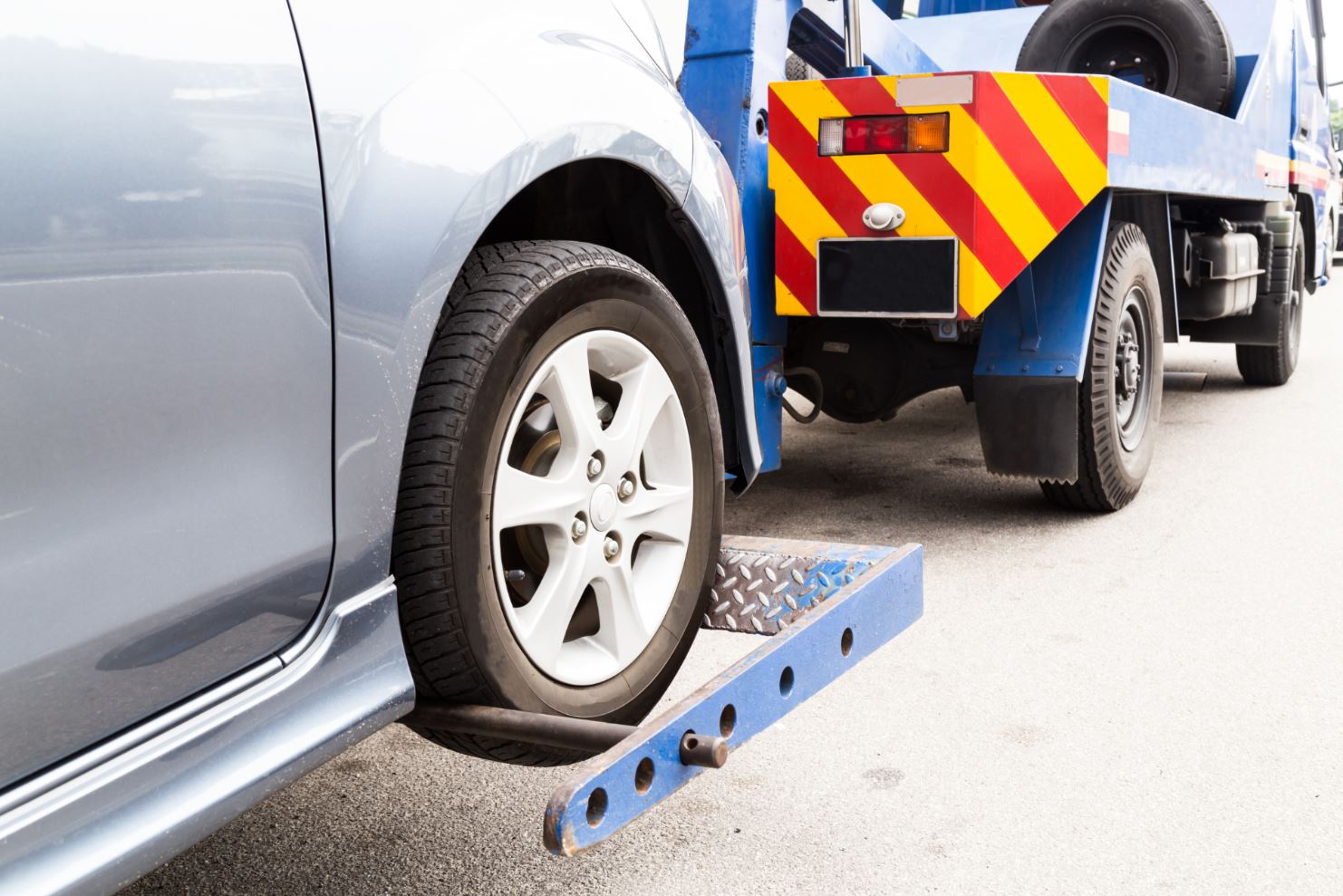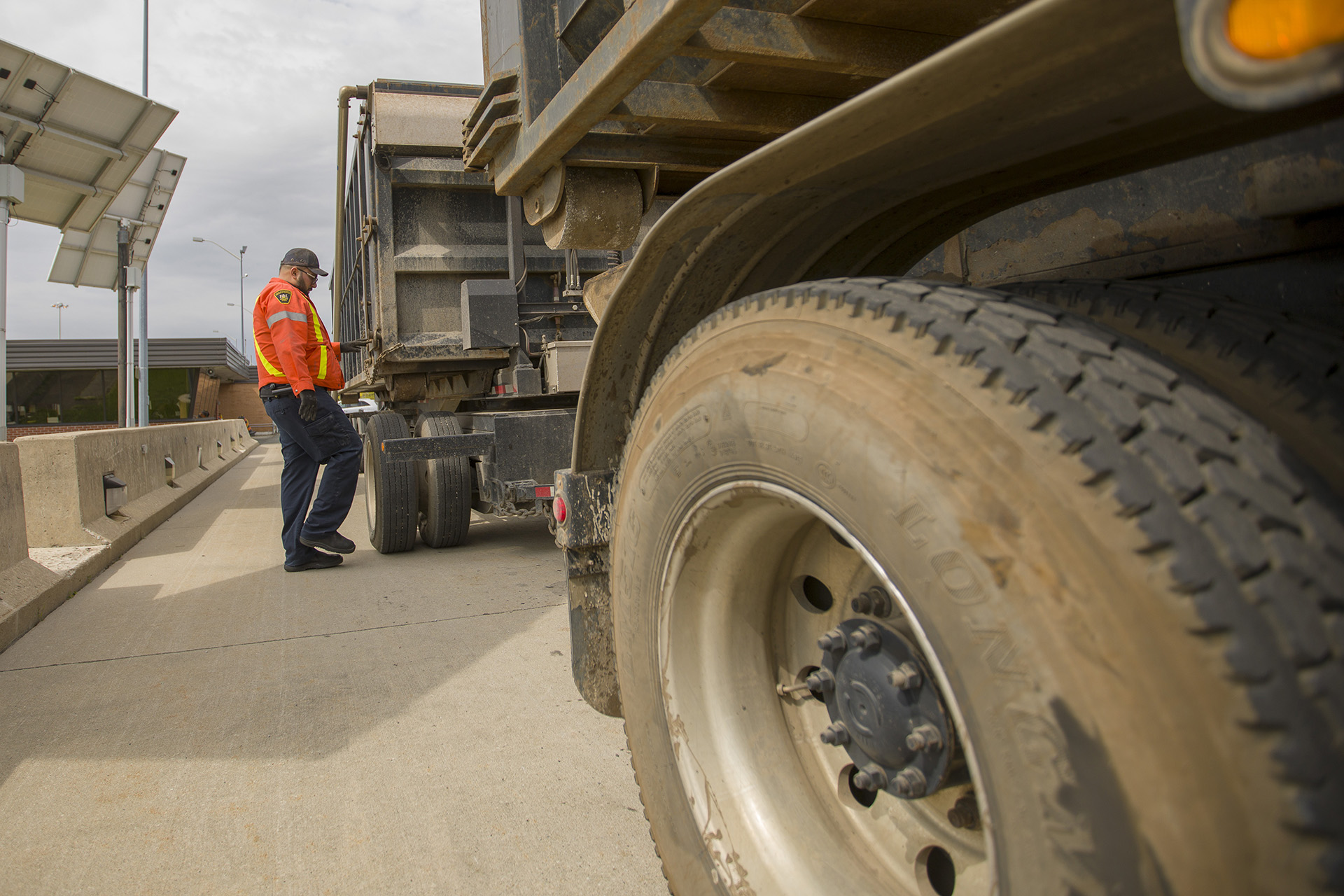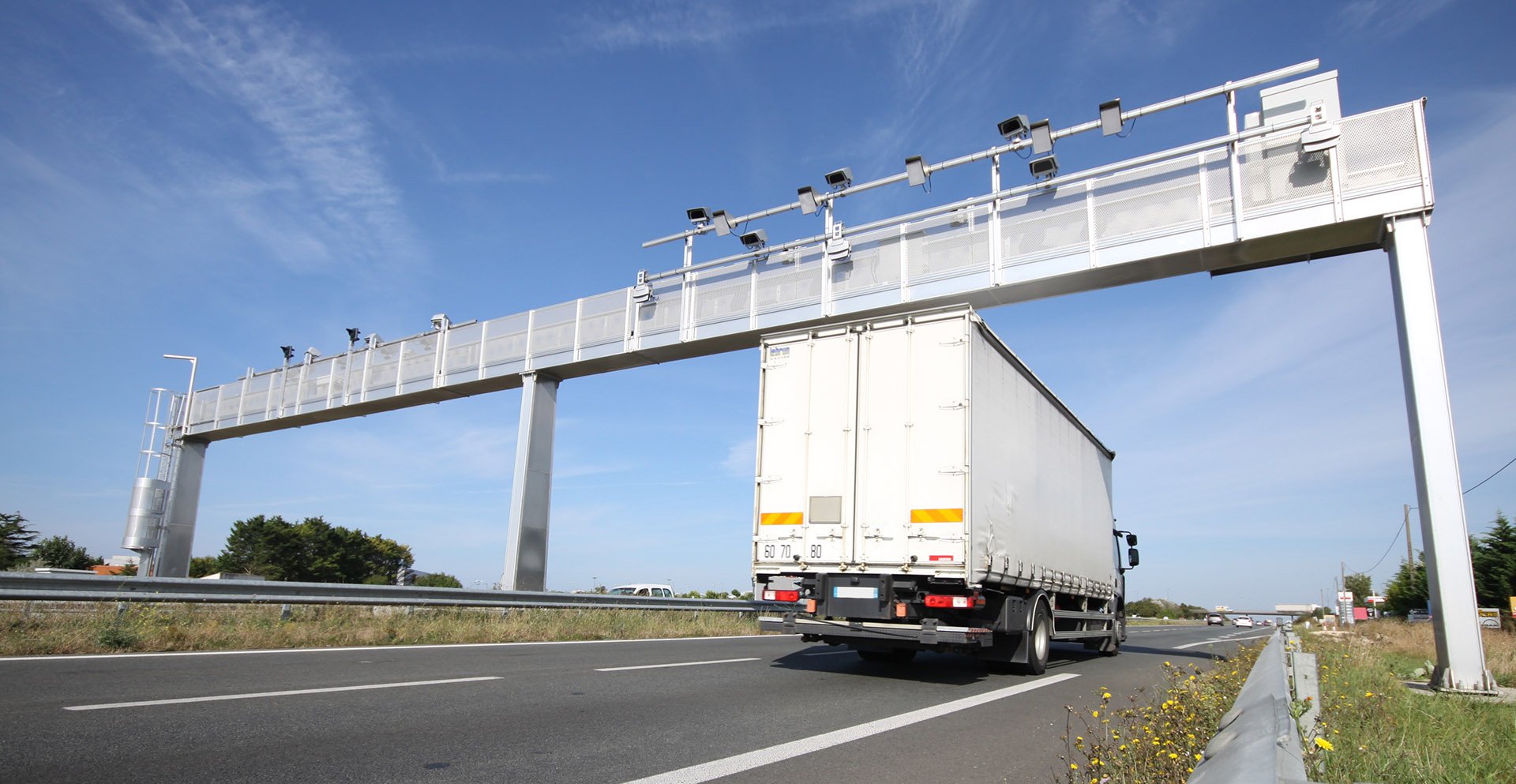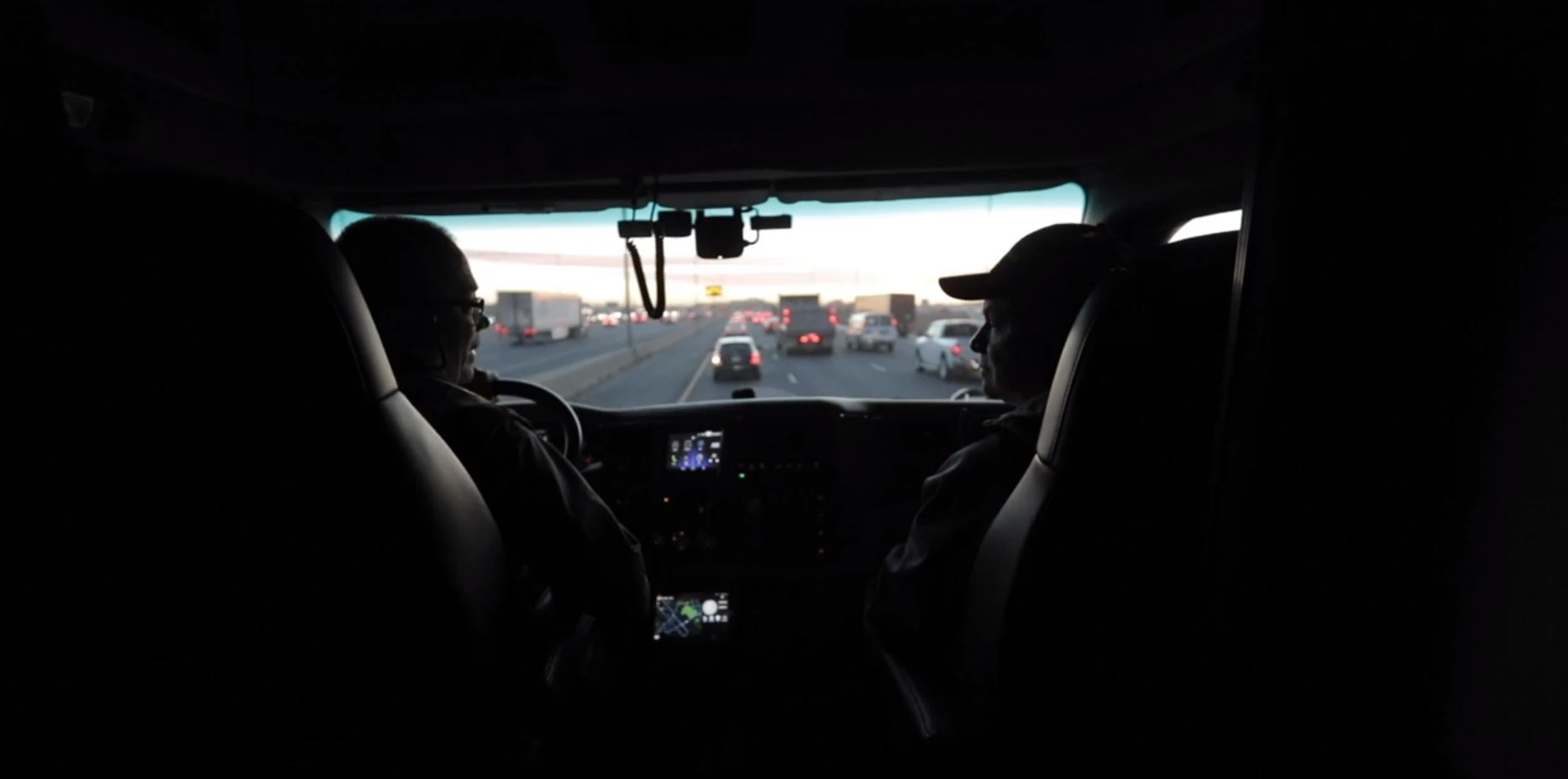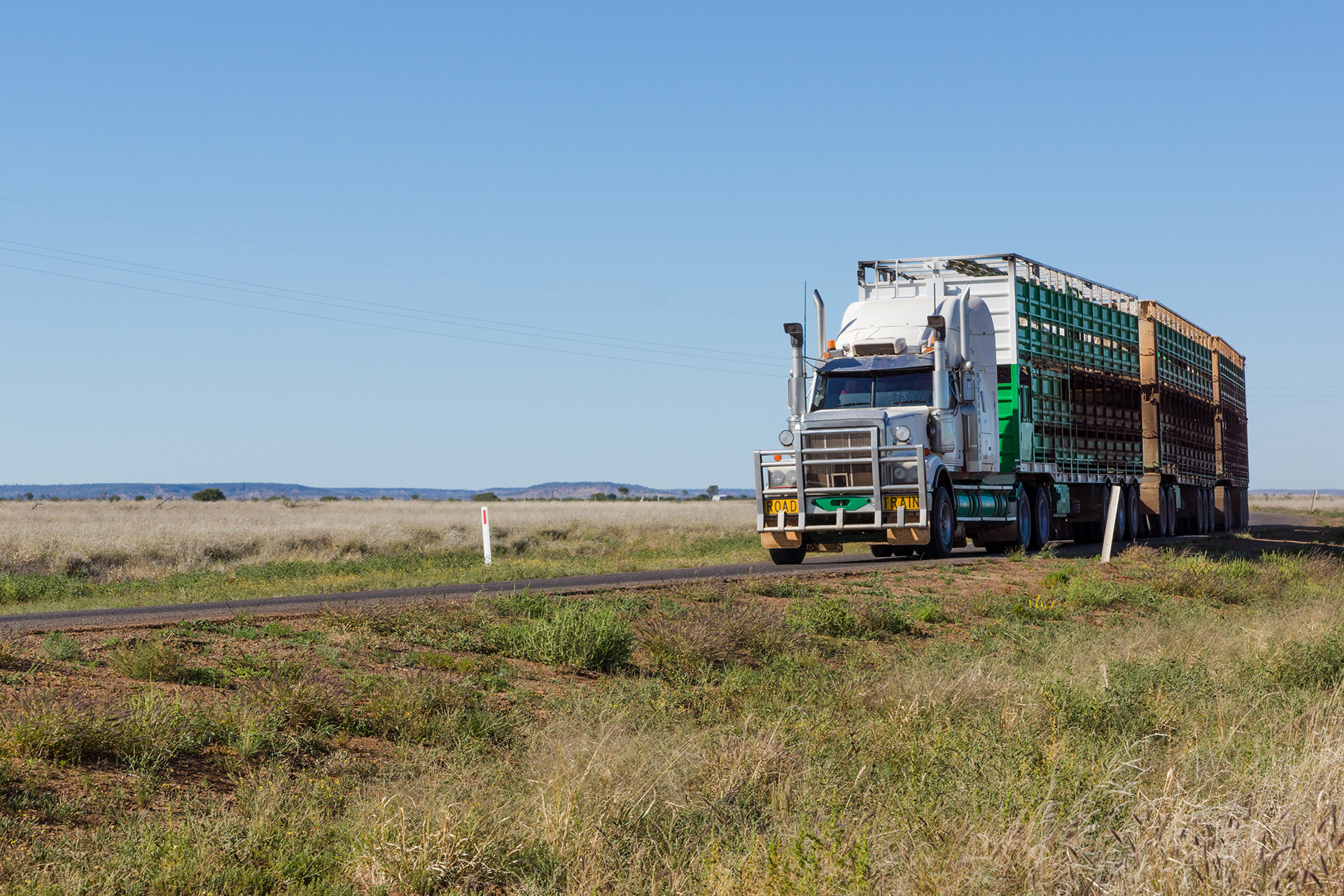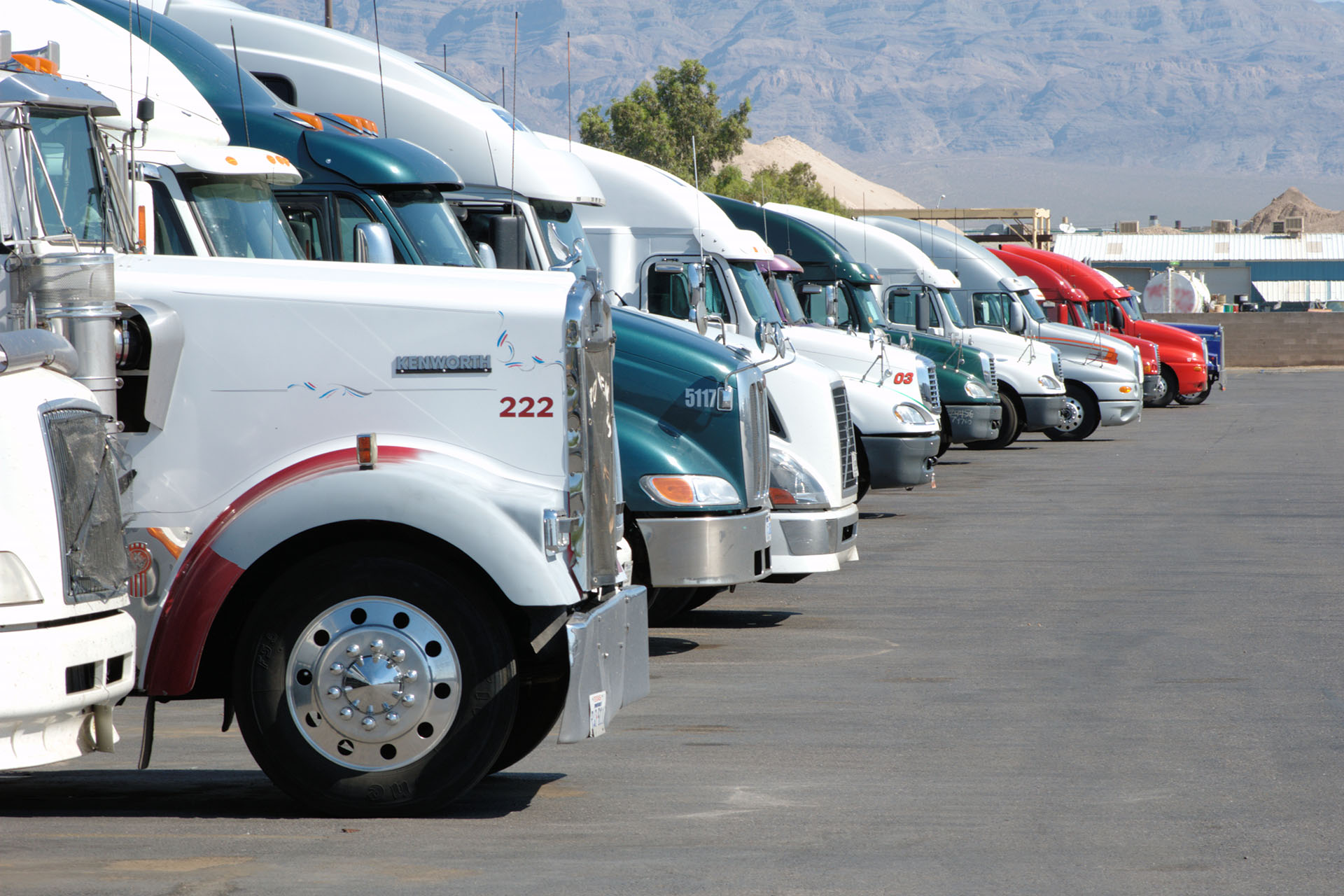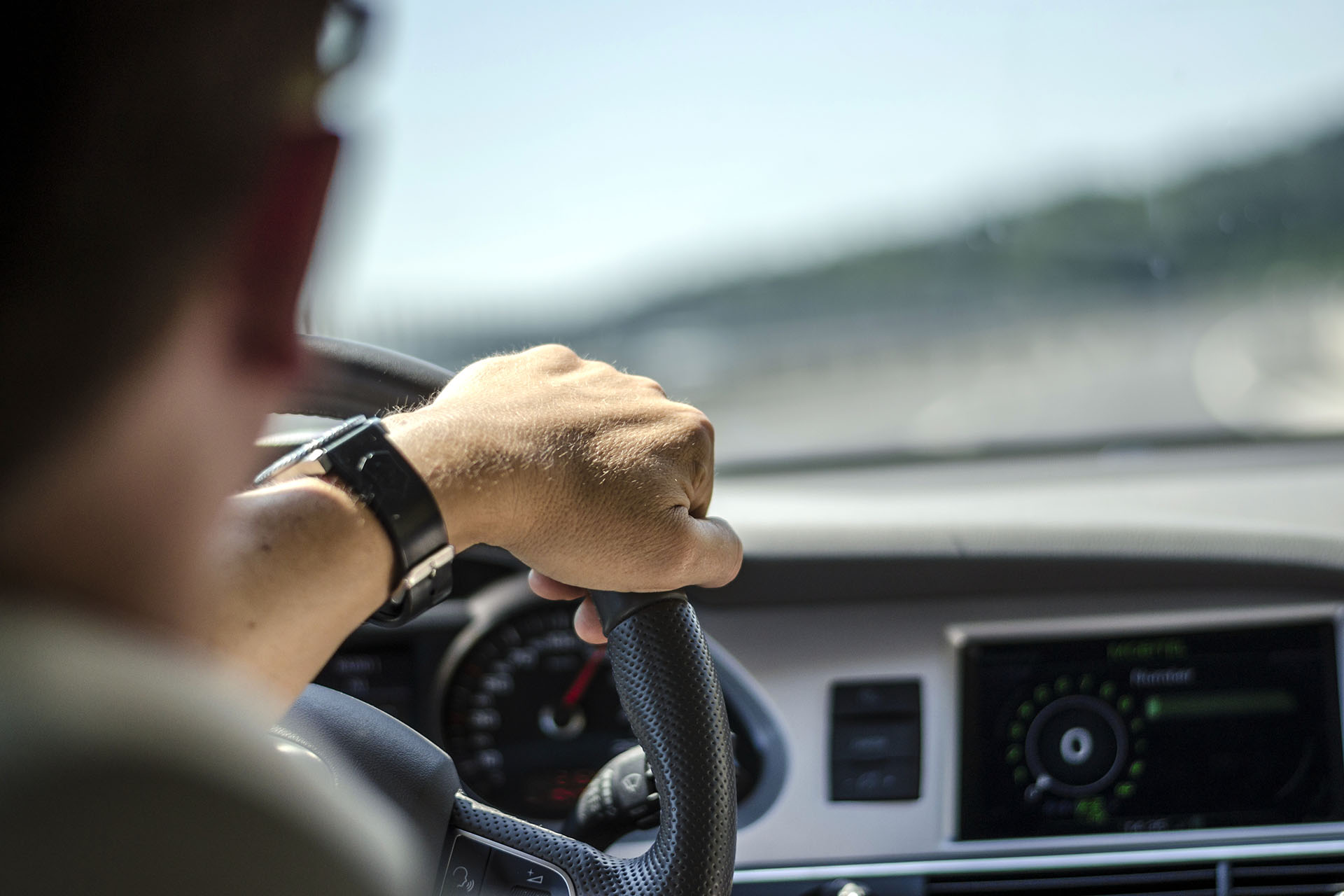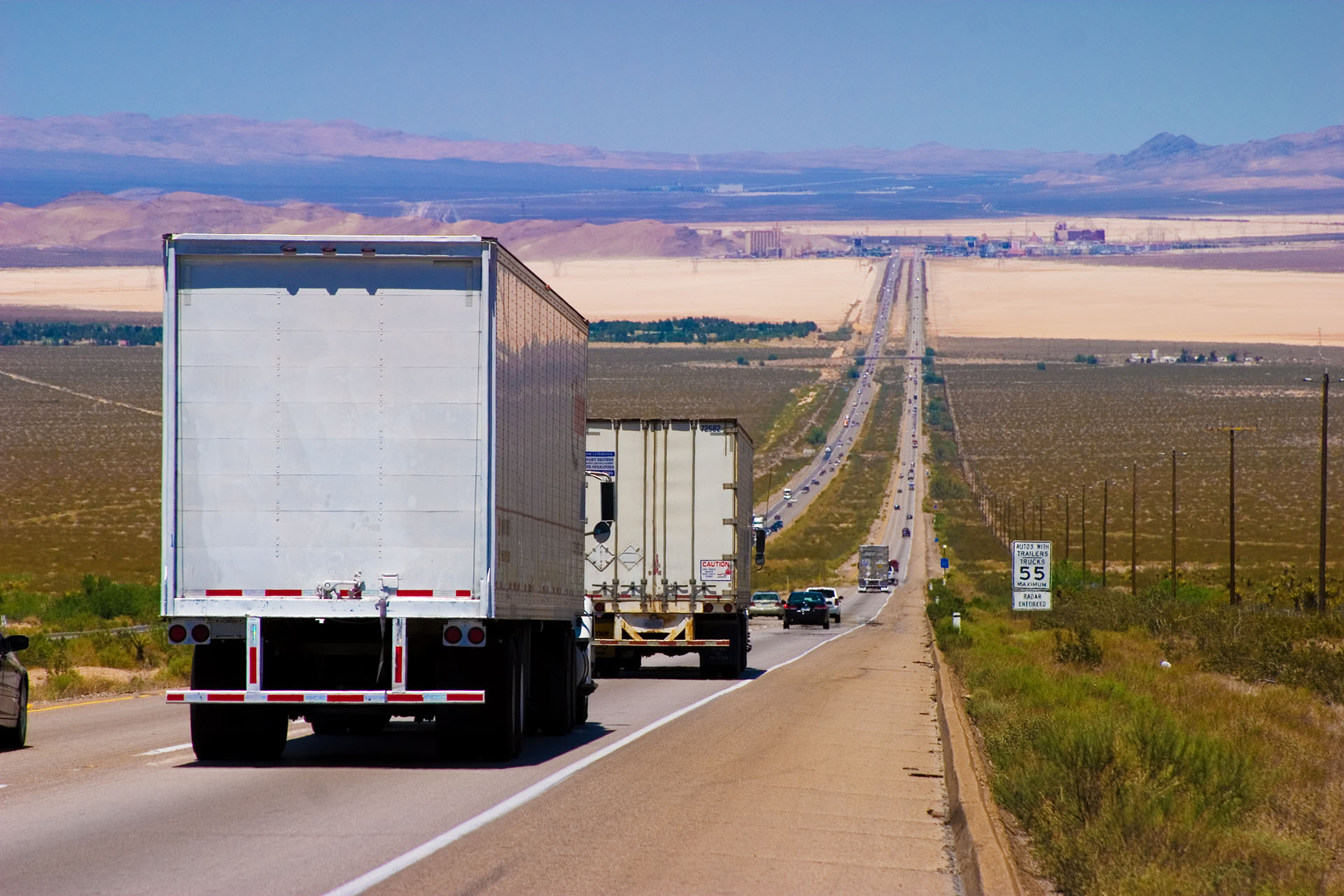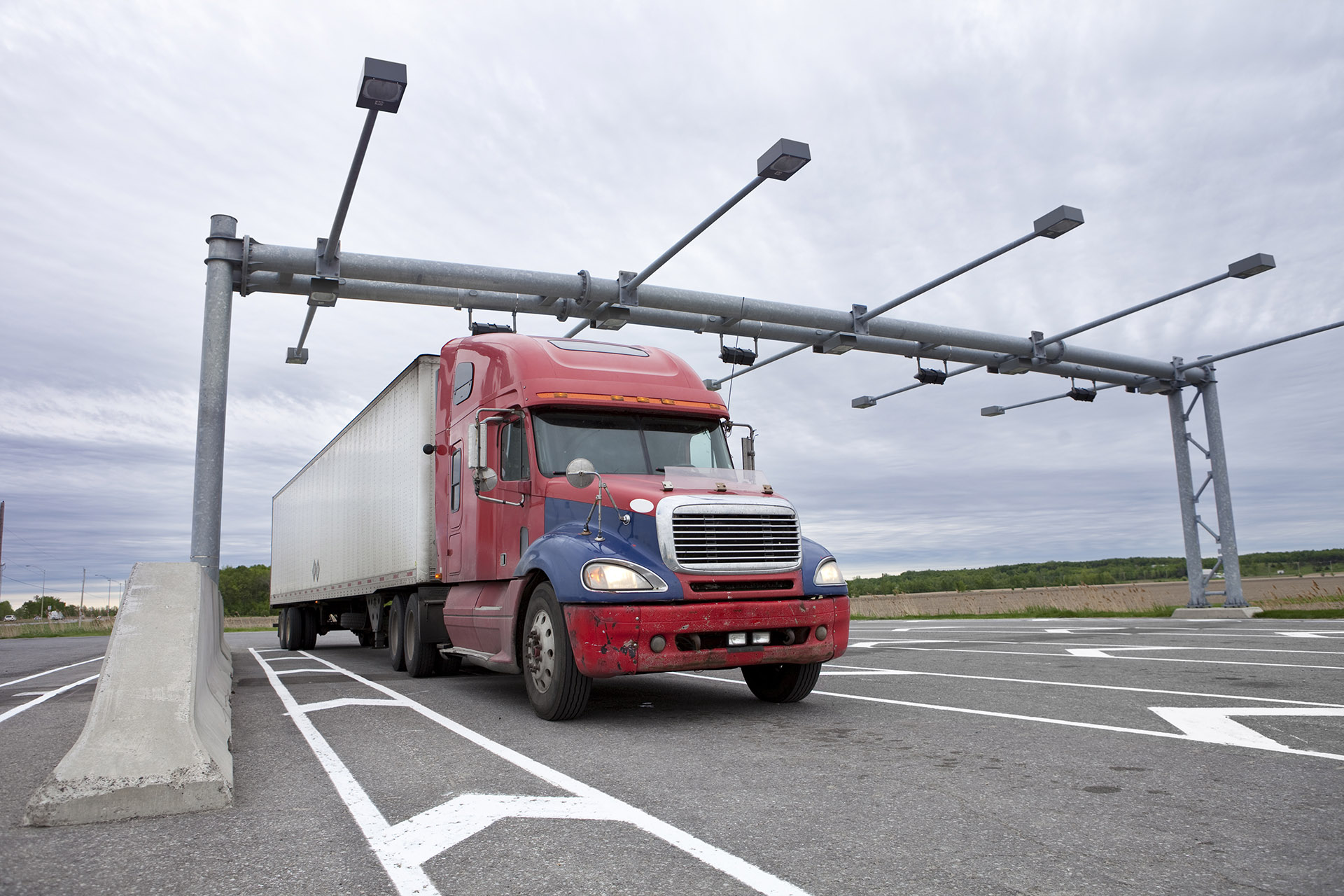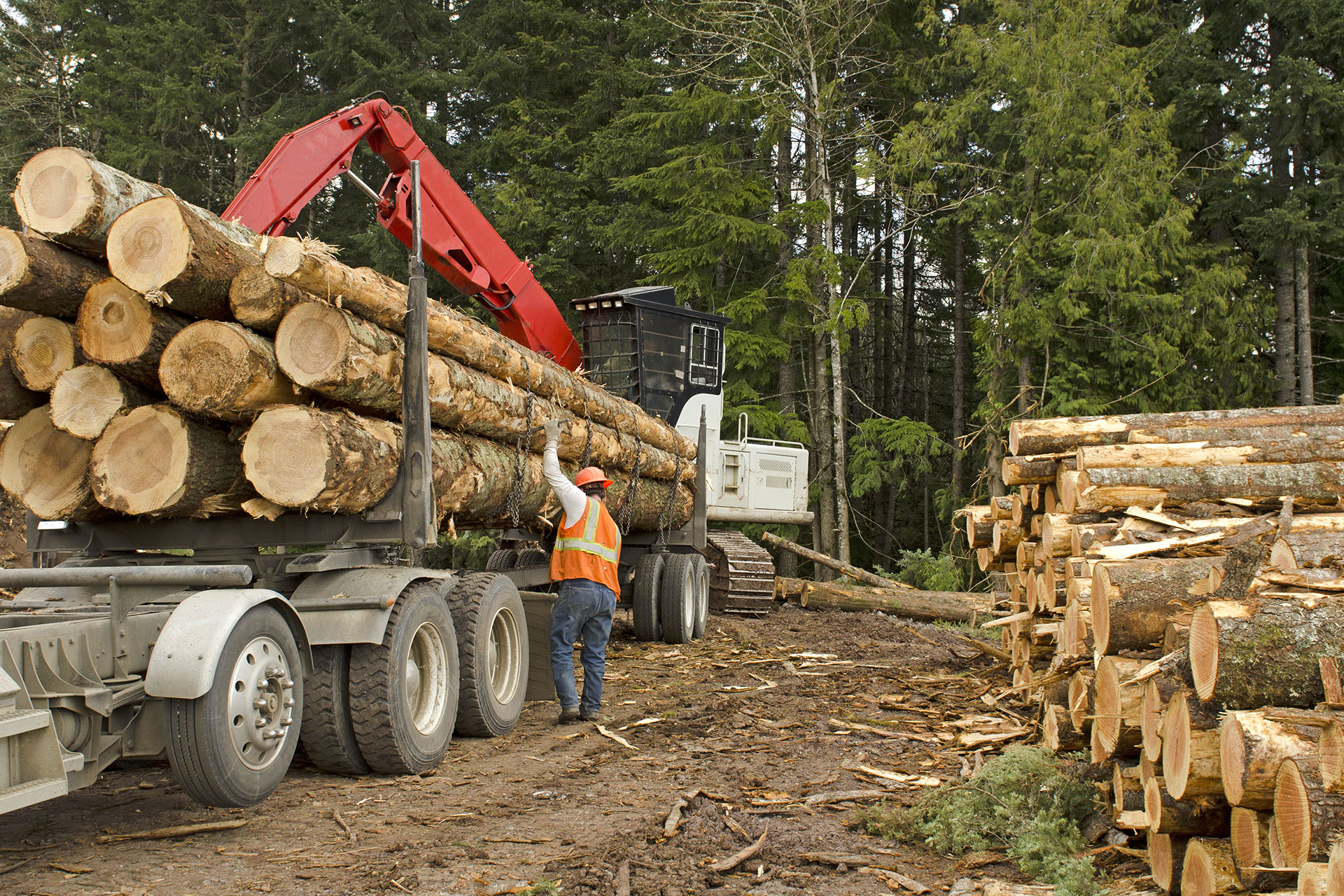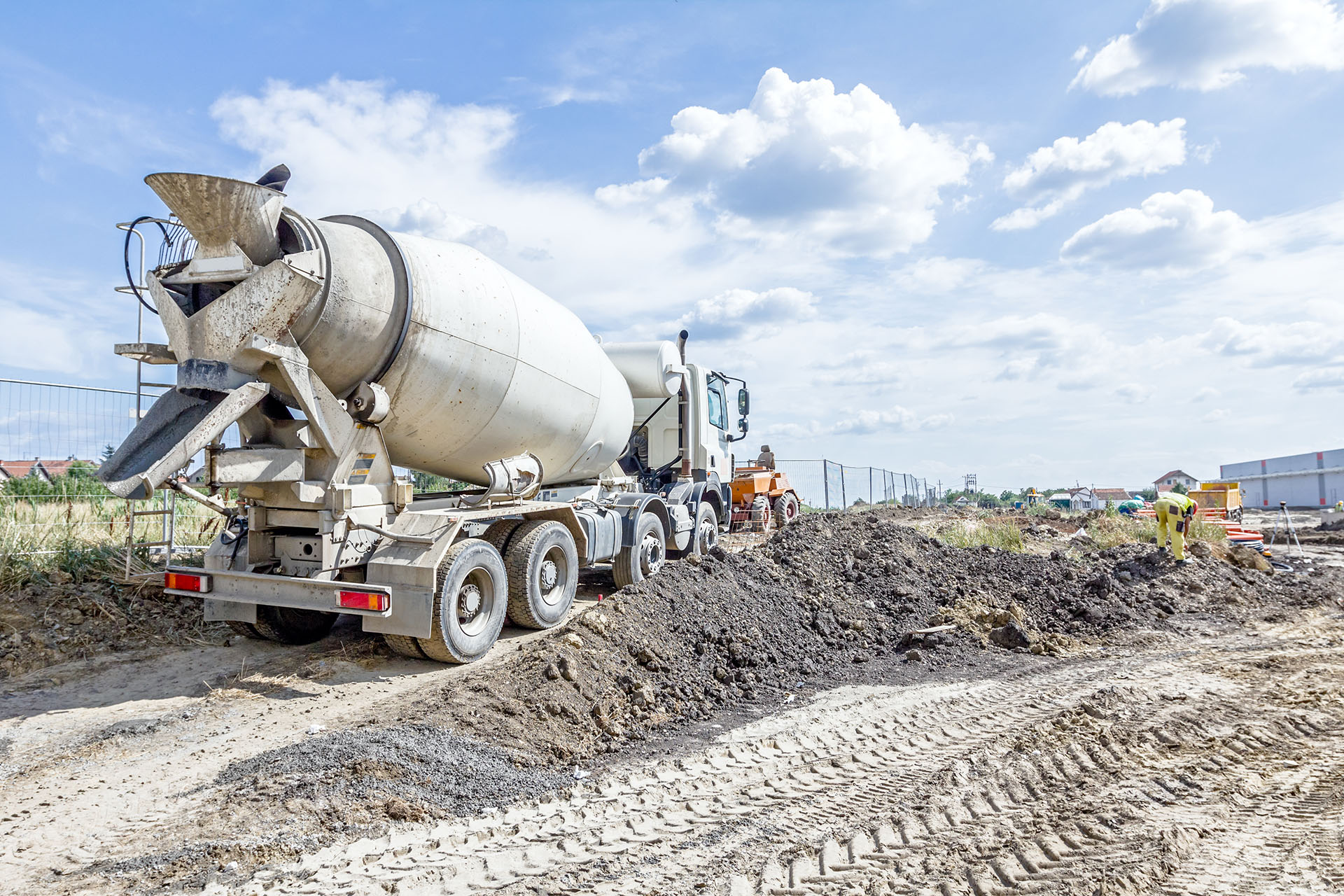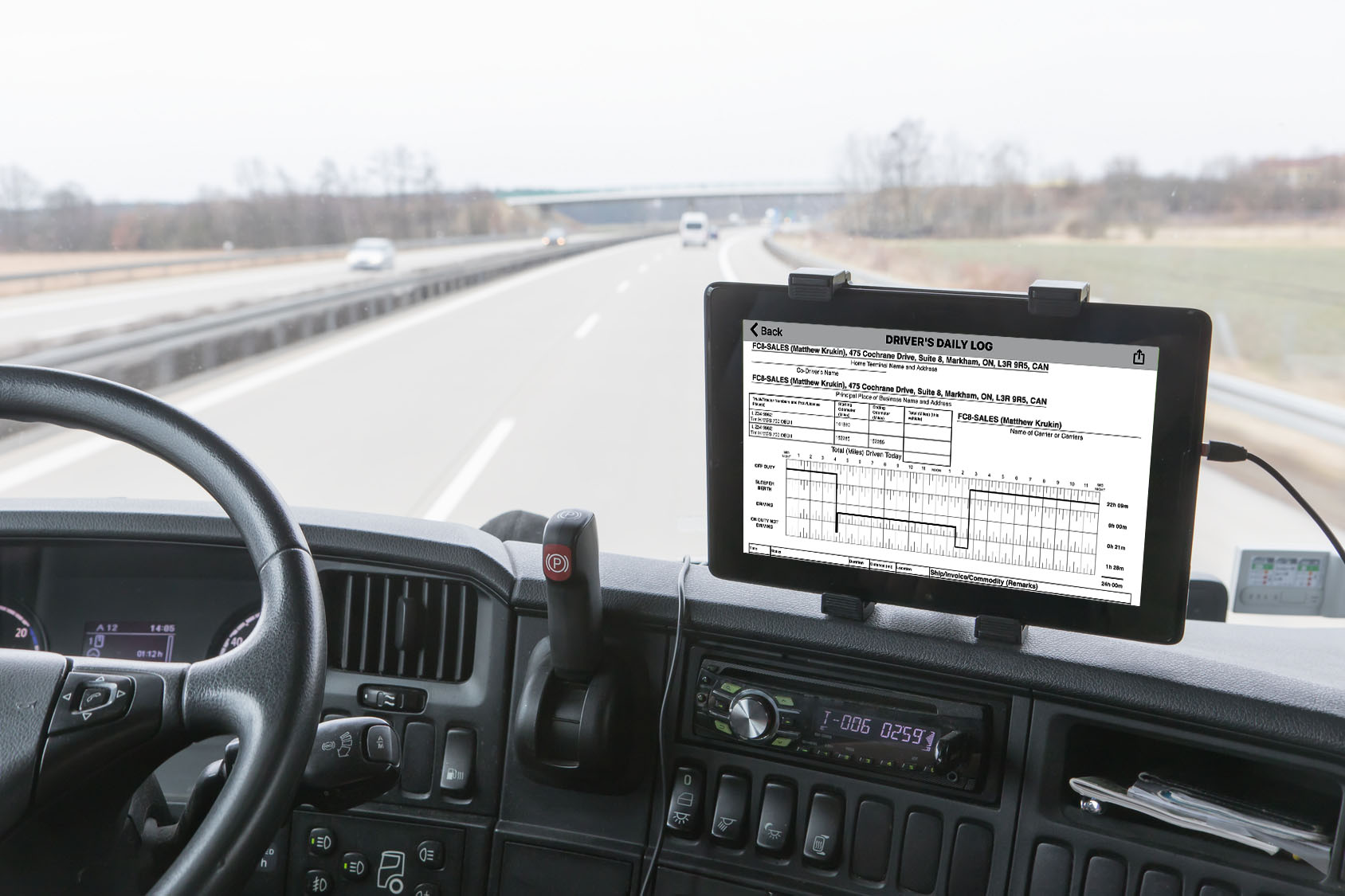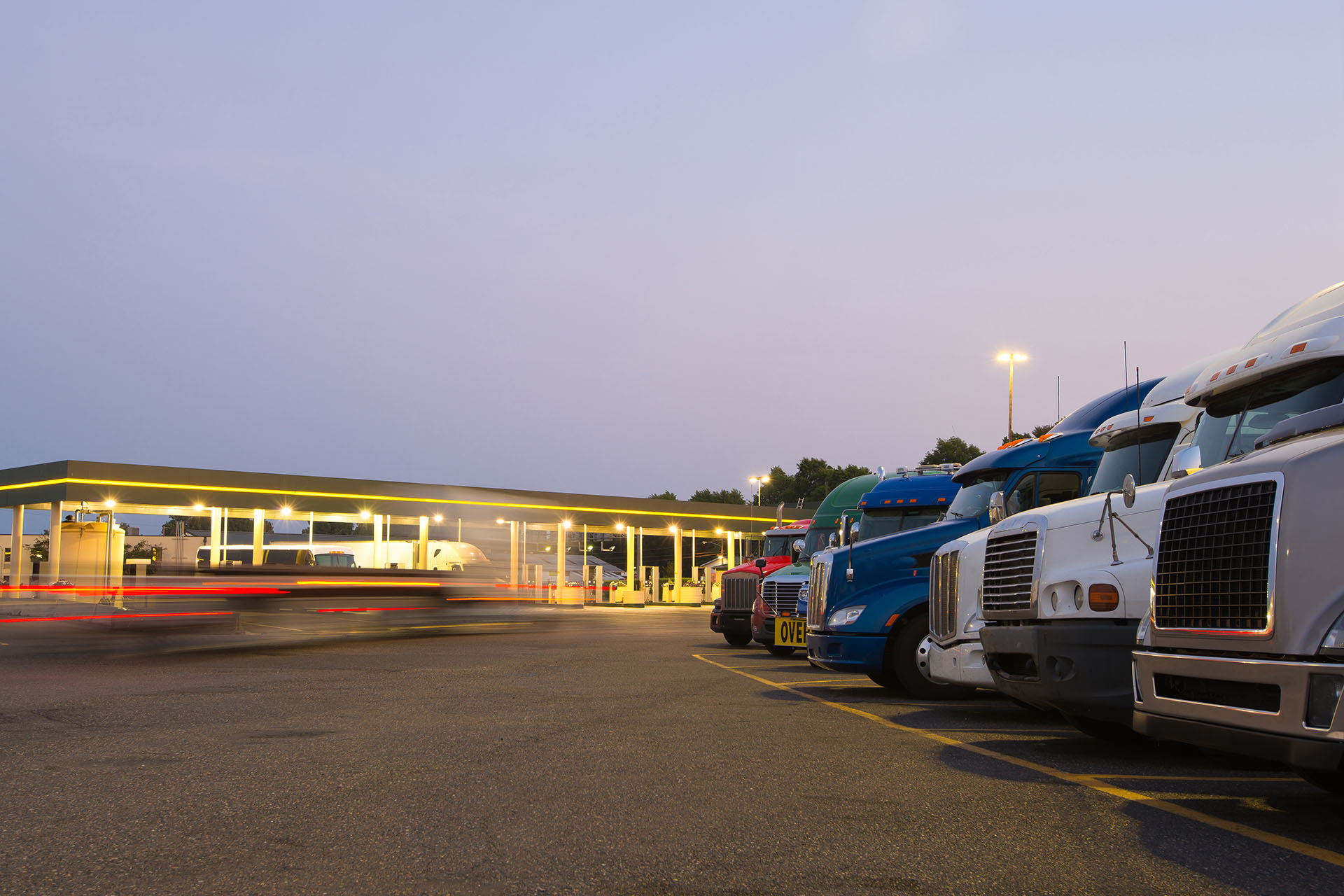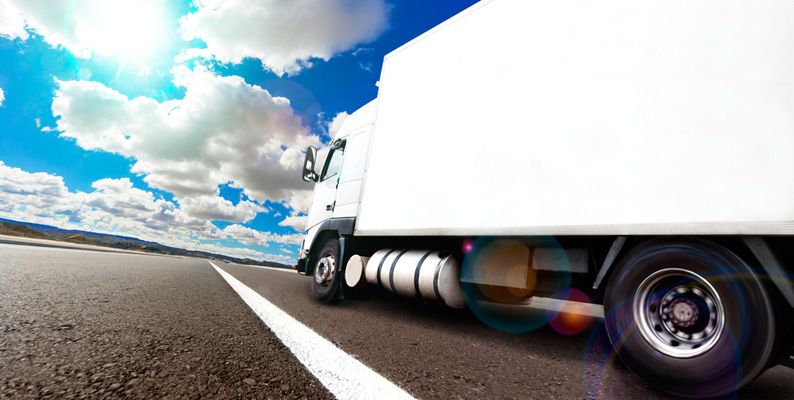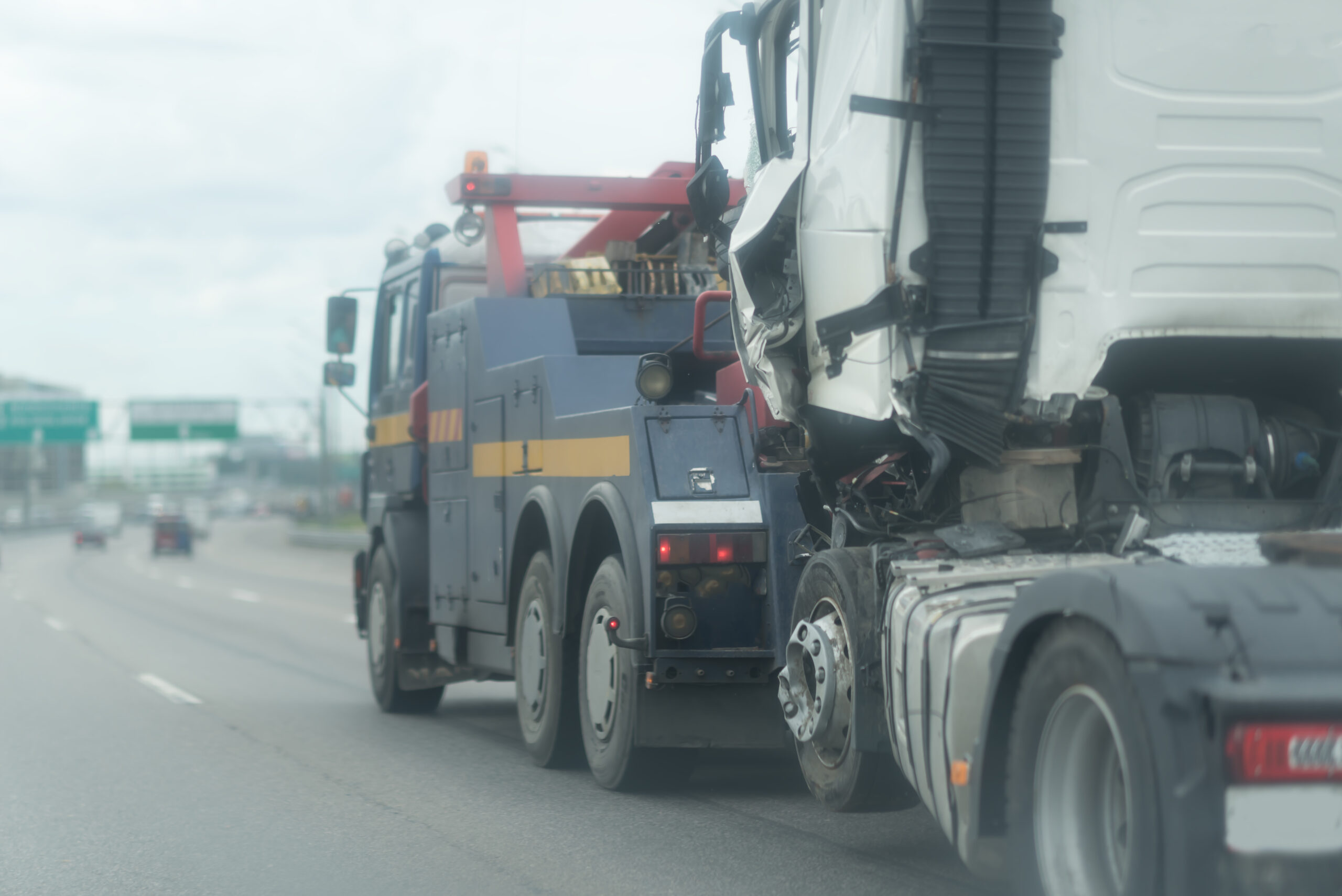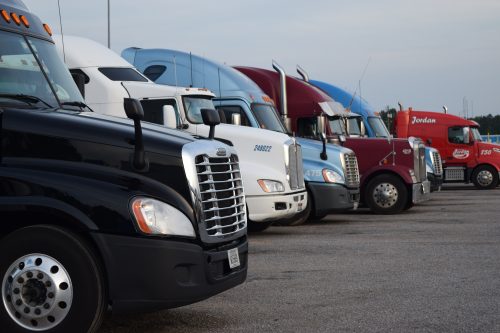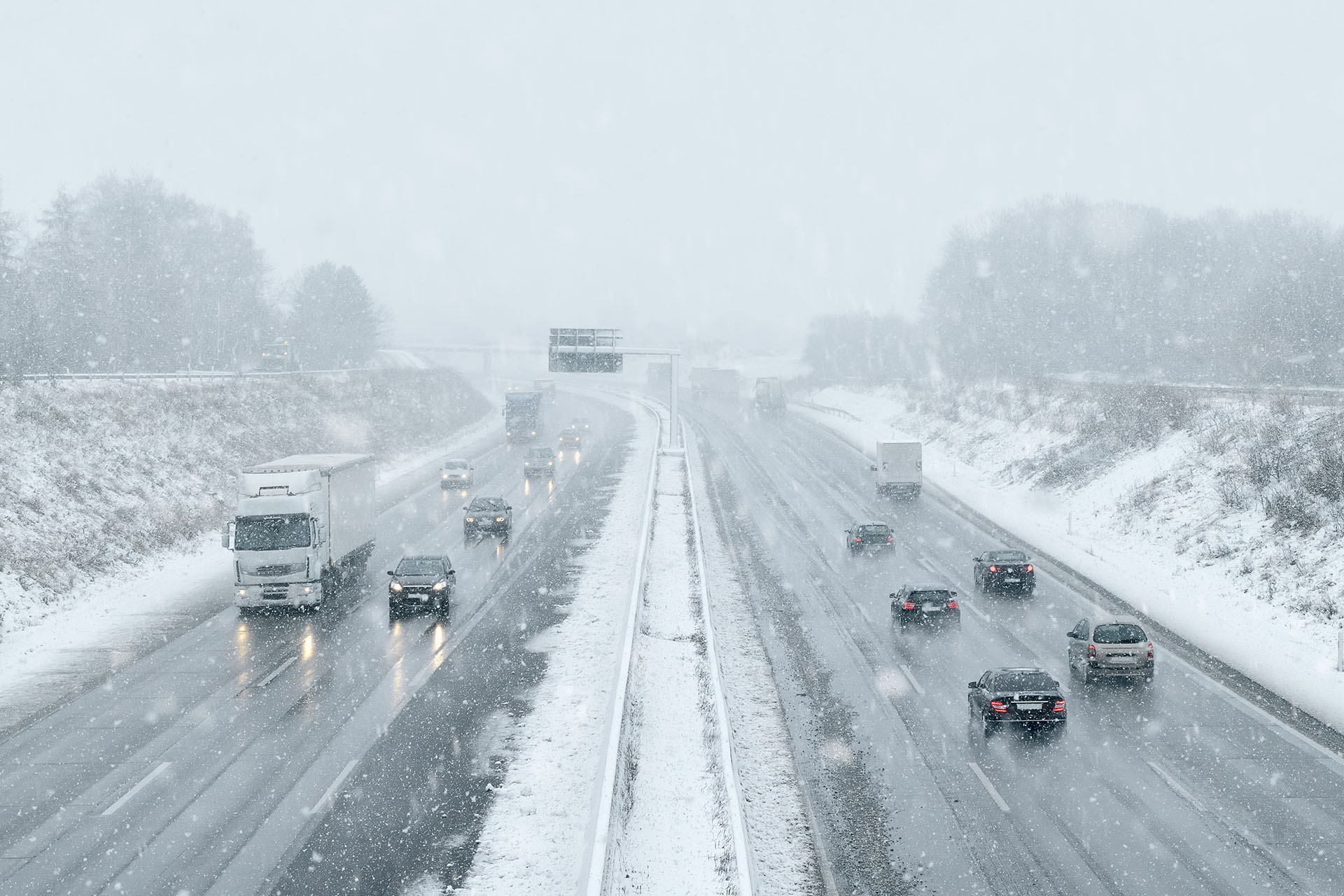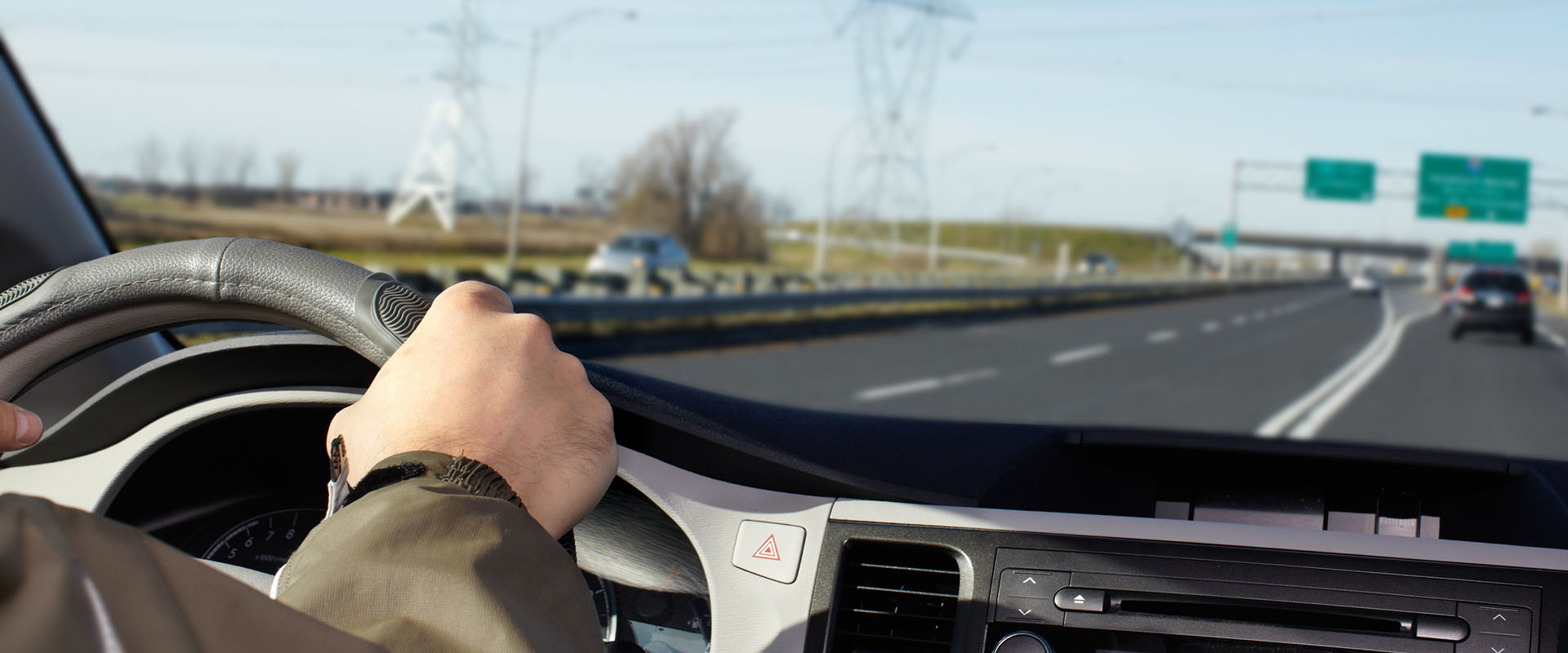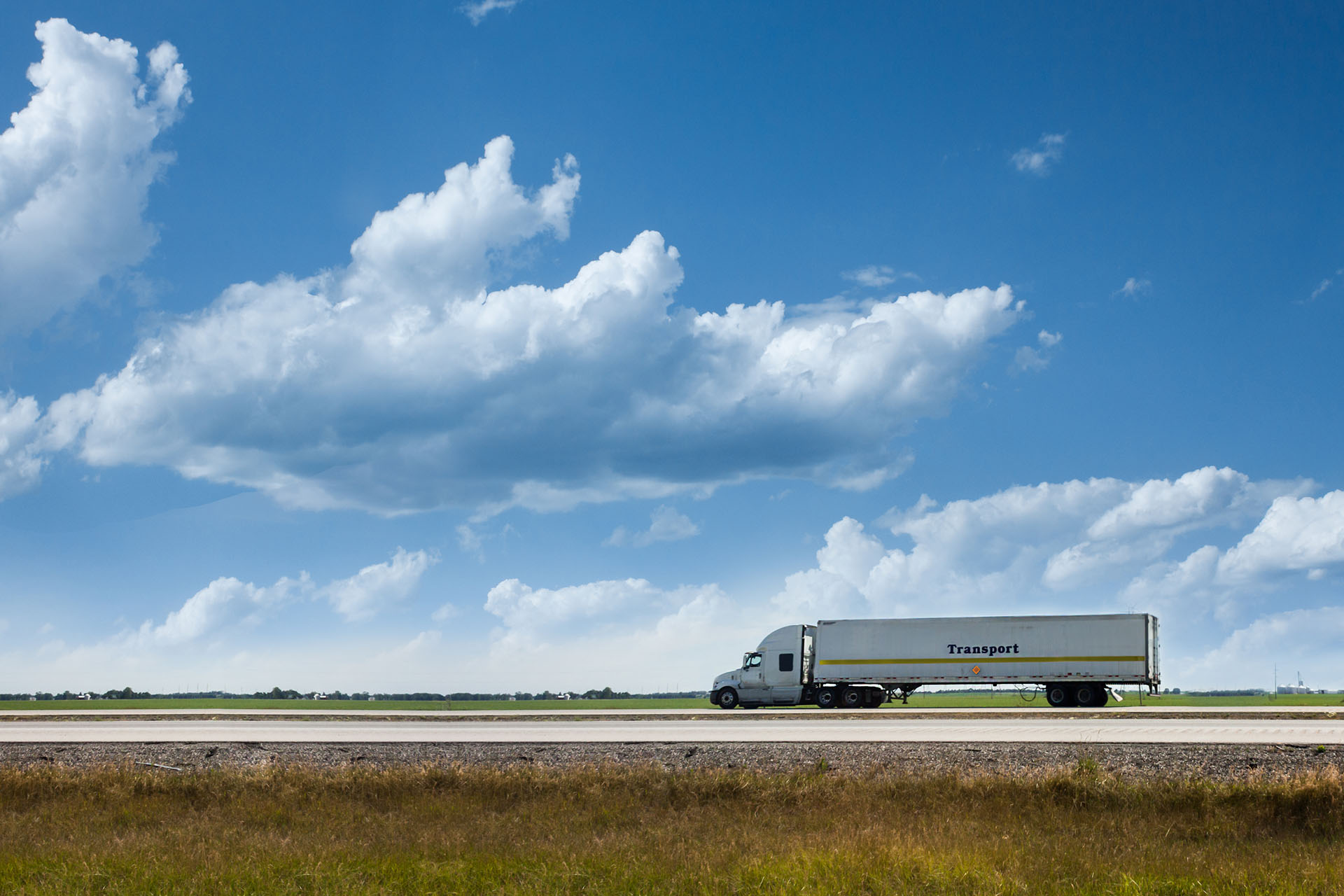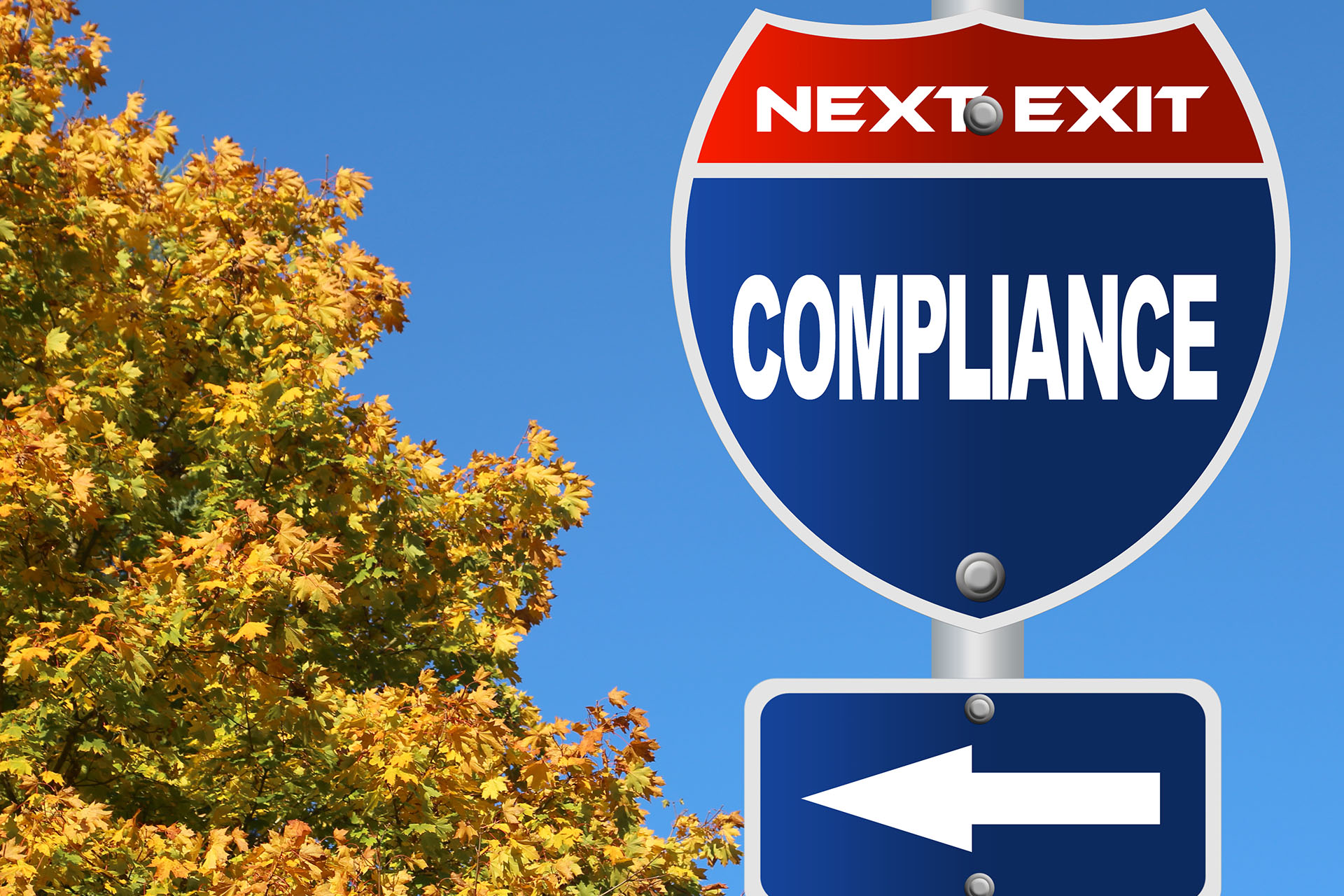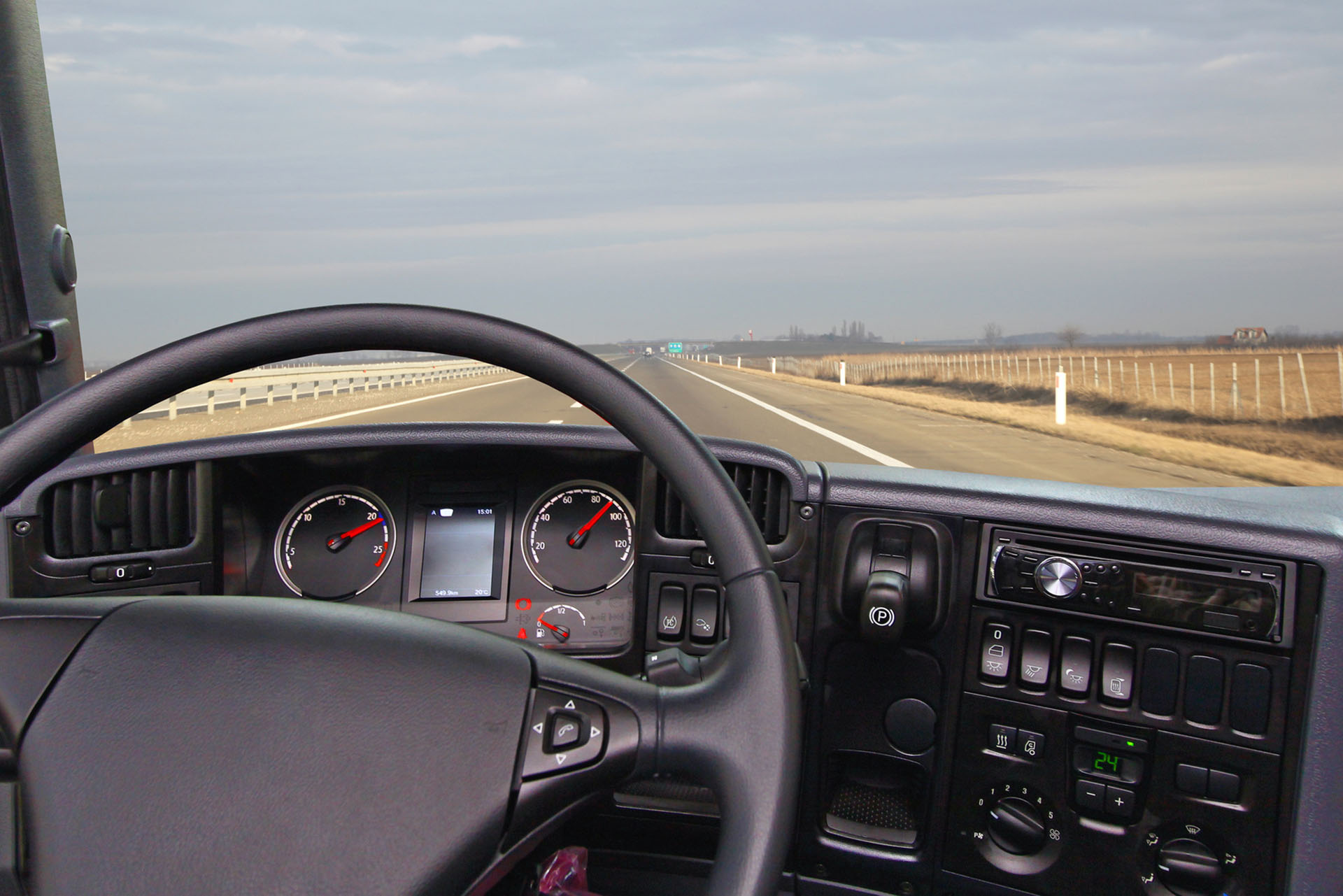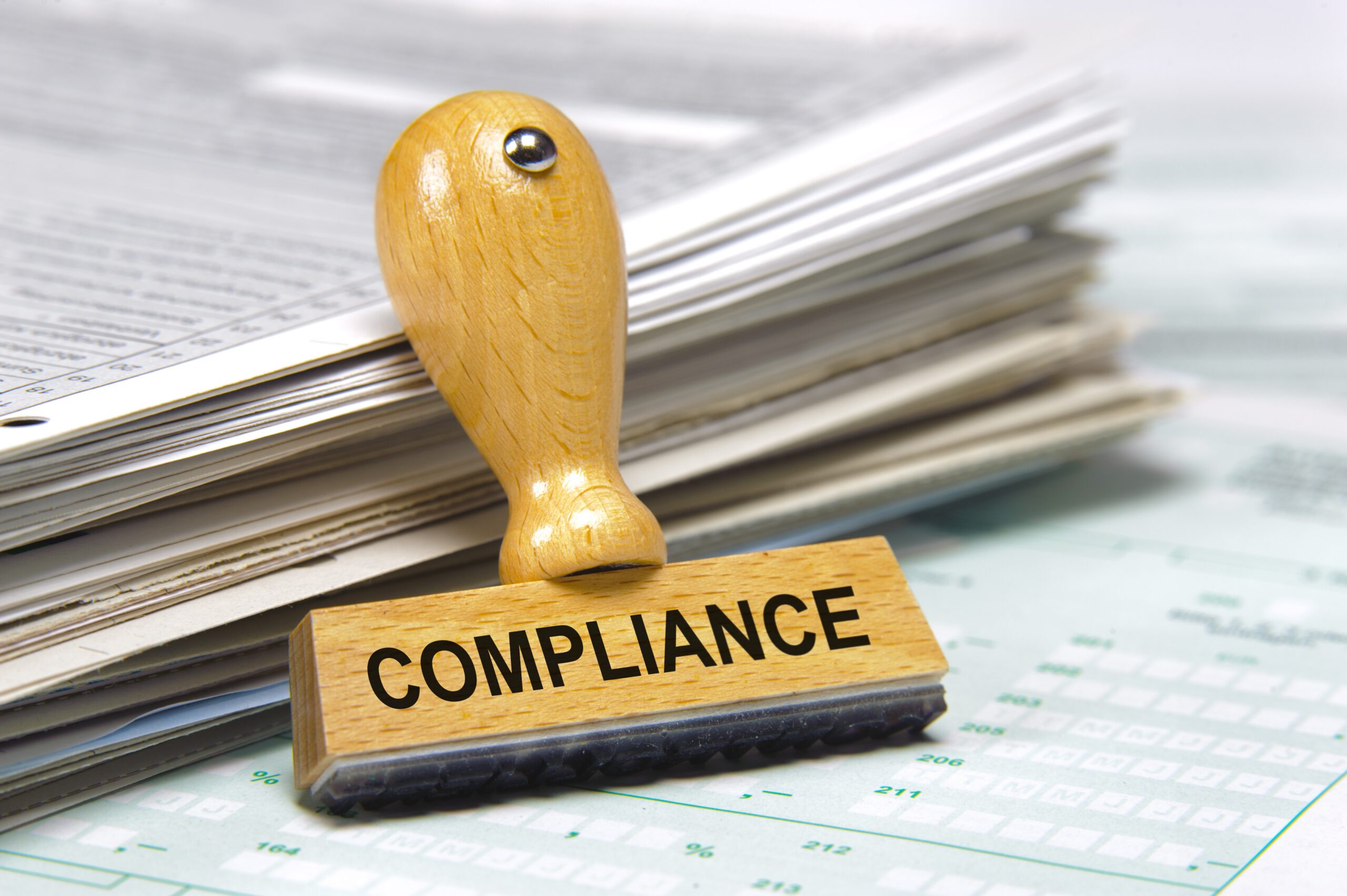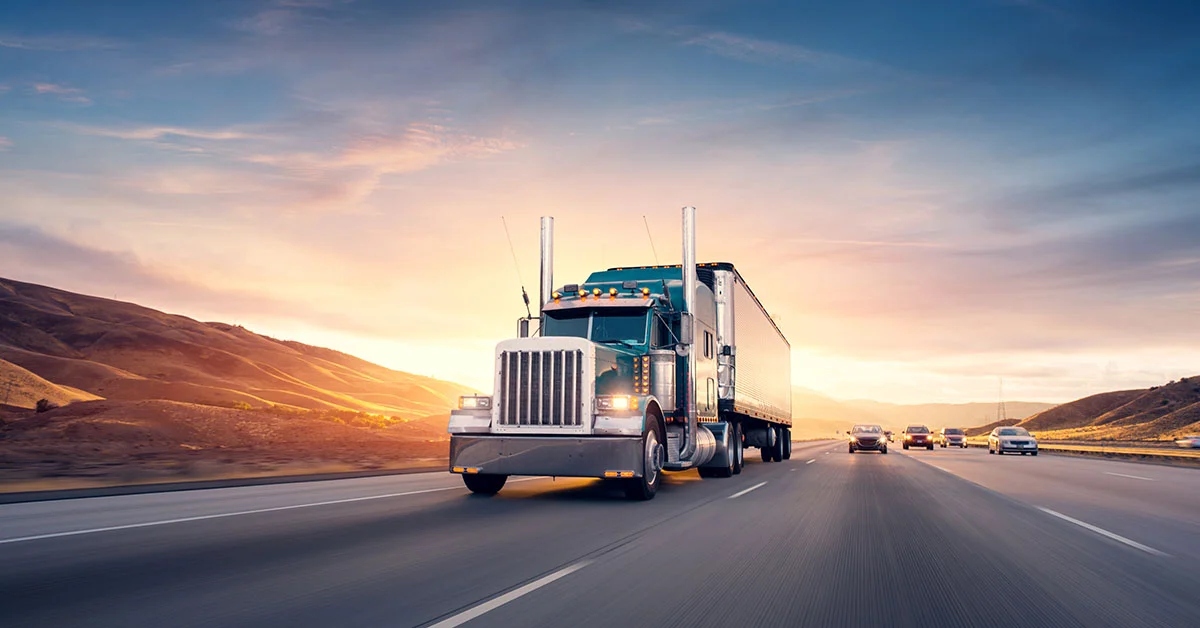Everything you need to know about the impact of the new regulation on Canadian truck and bus fleets.
Need and ELD solution? Looking for fleet management solutions? Not sure about what you need? Powerfleet (formerly Fleet Complete) can cater to whatever your needs may be. Learn More
Yesterday, our Head of Safety, Compliance and Regulatory Affairs, Marc Moncion, demystified the ELD Rules in Canada that will be mandatory for most federally regulated operators of commercial motor vehicles effective June 2021. We had a great turn-out with 300+ attendees. The audience got a chance to ask Marc a ton of interesting questions. If you’re interested, the recording of the webinar and Marc’s answers are shared below!
Watch the webinar recording if you want to review material or missed it! Or download the presentation from the webinar here.
If you asked Marc during the webinar & it was not answered live, you can find your answer below. If not, please submit the form on right and we will get back to you!
Here are the questions and Marc’s answers from the end of the session:
If I am a US carrier going into Canada, but primarily driving in the U.S., do I follow HOS rules for U.S. while in Canada? What about the previous 14 days? Do they need to comply with Canada’s rules?
A U.S. Carrier operating in Canada must comply with Canadian HOS rules while in Canada. Therefore, a driver must have the day in question + the previous 14 days upon request.
Can you explain home terminal?
Home terminal is defined in the Commercial Vehicle Drivers Hours of Service Regulations – SOR/2005-313 to mean the place of business of a motor carrier at which a driver ordinarily reports for work and, for the purposes of sections 80 to 82 and Schedule 2, includes a temporary work site designated by the motor carrier.
What do we do if the customer refuses to let us sleep in their yard & we have no more hours?
I recommend using the current personal use under section (e) of Commercial Vehicle Drivers Hours of Service Regulations – SOR/2005-313 a commercial vehicle when driven for personal use, if
(i) the vehicle has been unloaded,
(ii) any trailers have been unhitched,
(iii) the distance traveled does not exceed 75 km in a day,
(iv) the driver has recorded in the logbook the odometer reading at the beginning and end of the personal use, and (v) the driver is not the subject of an out-of-service declaration under section 91.
What happens to a vehicle that doesn’t require an ELD due to the age of the vehicle?
Then it would be business as usual, and the driver would have to complete a paper log to surrender at roadside unless otherwise exempt by see you at the 160 km rule as an as an example.
Can you explain oil field exemption?
It would be business as usual as the Canada ELD rule has not included any changes to the current oil field exception.
As a motor carrier, how can I be sure an electronic logging device (ELD) is compliant?
Transport Canada requires third-party certification of ELDs and will be engaging a suitable entity to manage this role. The motor carrier is responsible to utilize only third-party certified devices in Canada.
My electronic logging device (ELD) is already compliant with the U.S. Rule. Is it also compliant with the Canadian ELD Standard?
No. Requirements specified in the Canadian ELD Standard are aligned with those in the U.S. Rule for interoperability on both sides of the border. However, the Canadian ELD Standard includes additional requirements to comply with current HOS Regulations in Canada. Current ELDs will require a software update and certification by a third-party entity.
What information is automatically recorded by an electronic logging device (ELD)?
An ELD automatically records the following data elements at certain intervals: date, time, location information, engine hours, vehicle distance, and identification information for the driver, authenticated user, vehicle, and motor carrier.
When is location data recorded by an electronic logging device (ELD)??
Location data must be recorded by an ELD at 60-minute intervals when the vehicle is in motion, and when the driver powers up and shuts down the engine, changes duty status and operating jurisdiction, and indicates personal use or yard moves. Location data is not recorded during personal use of a CMV.
Will the vehicle location information identify street addresses?
No. Vehicle location information is not sufficiently precise to identify street addresses. For each change in duty status, the ELD must convert automatically captured vehicle position in latitude/longitude coordinates into geo-location information that indicates the approximate distance and direction to an identifiable location corresponding to the name of a nearby city, town, municipality or village, with the province or territory abbreviation.
When will an electronic logging device (ELD) automatically start to record a driving status?
An ELD must automatically switch to driving status once the commercial motor vehicle (CMV) is moving up to a set speed threshold of eight kilometers per hour. As a result, the in-motion state must not be configured greater than eight kilometers per hour. The vehicle will be considered stopped once its speed falls to zero kilometers per hour and stays at zero kilometers per hour for three consecutive seconds.
Can a user edit or change driving time that has been recorded by an electronic logging device (ELD) to non-driving time?
No. An ELD automatically records all the time that a CMV is in motion as driving time and that cannot be edited or changed to non-driving time.





